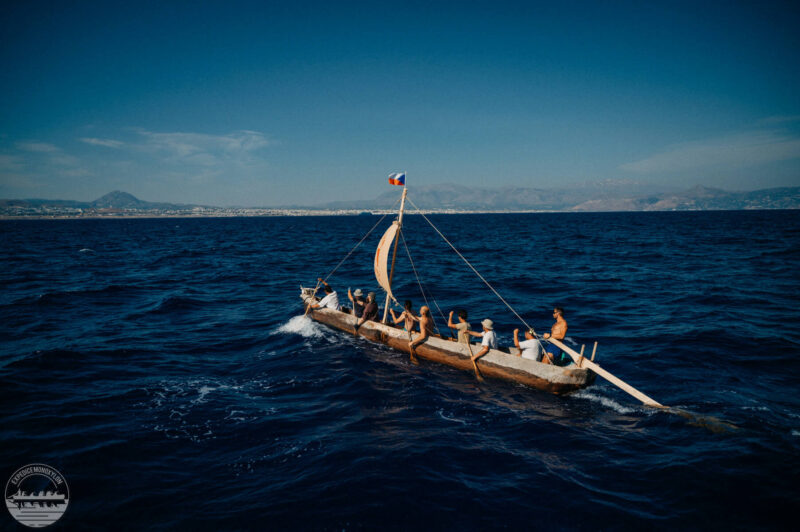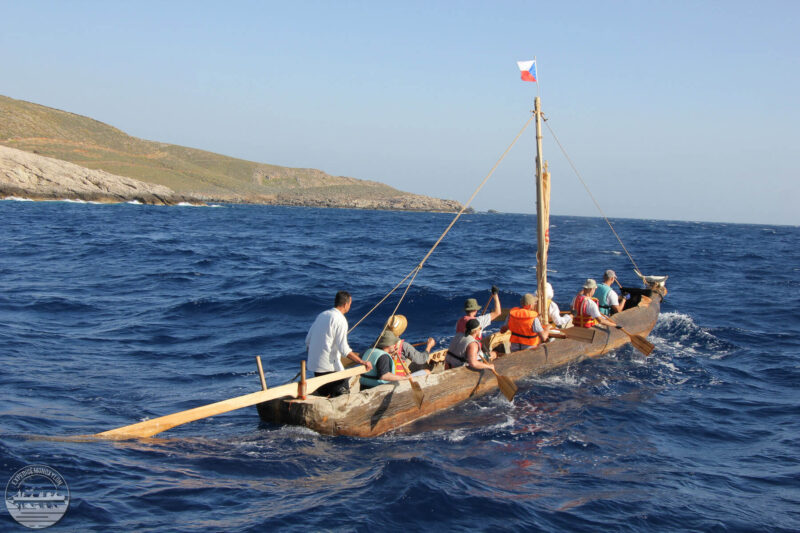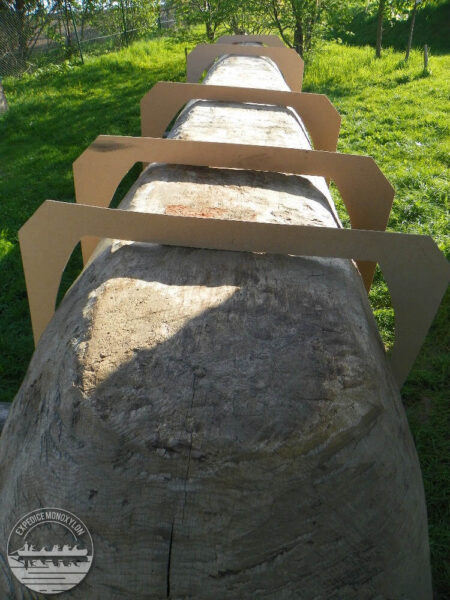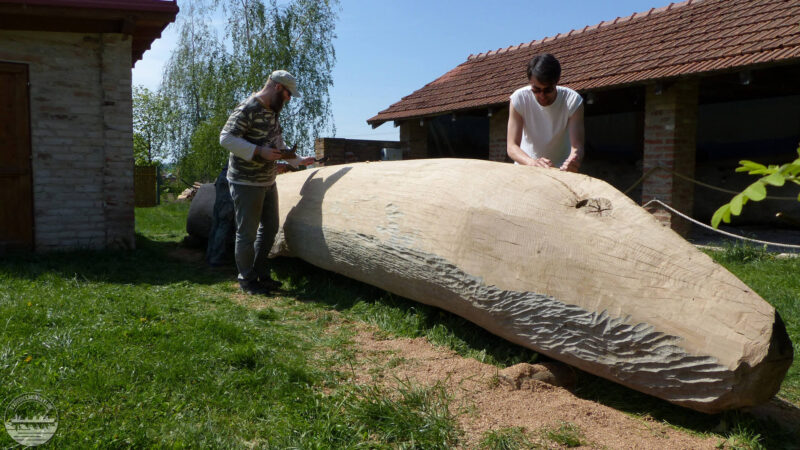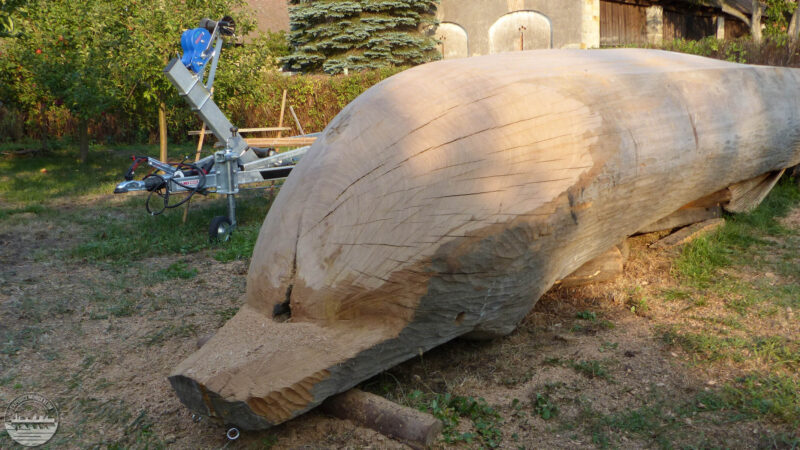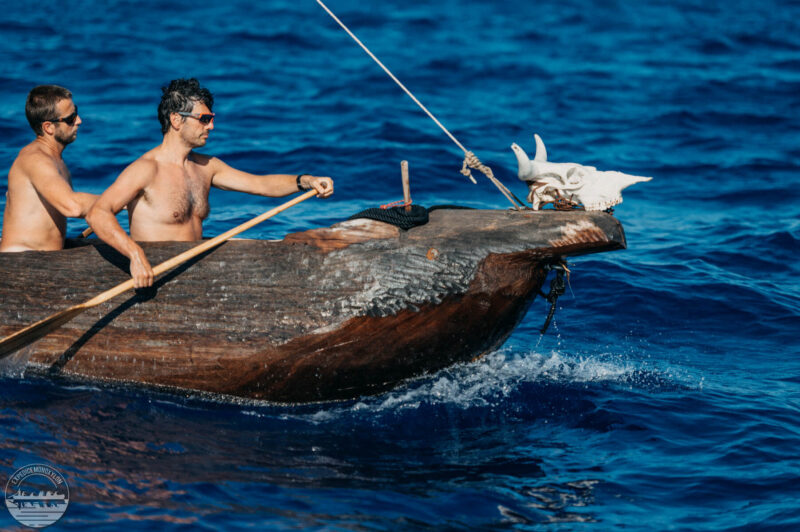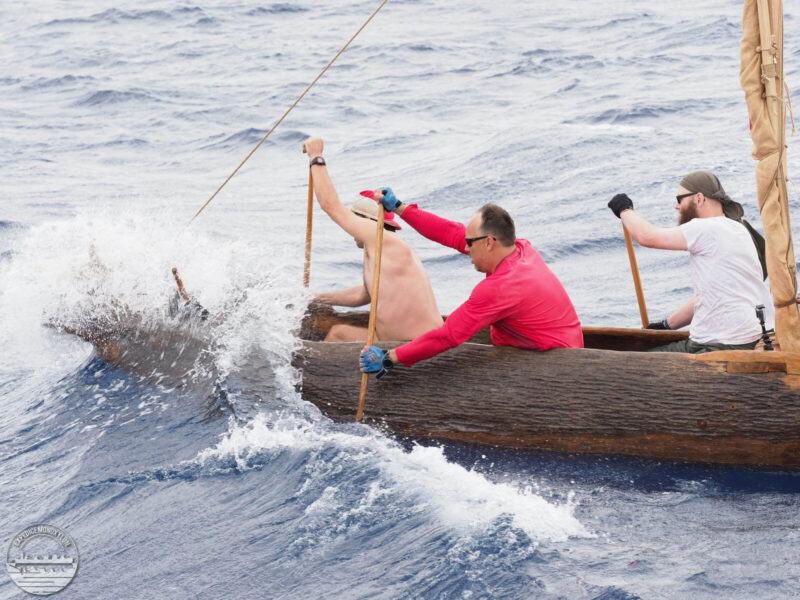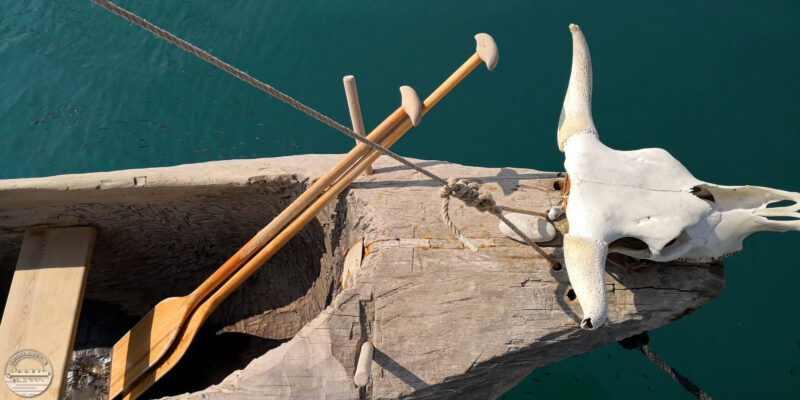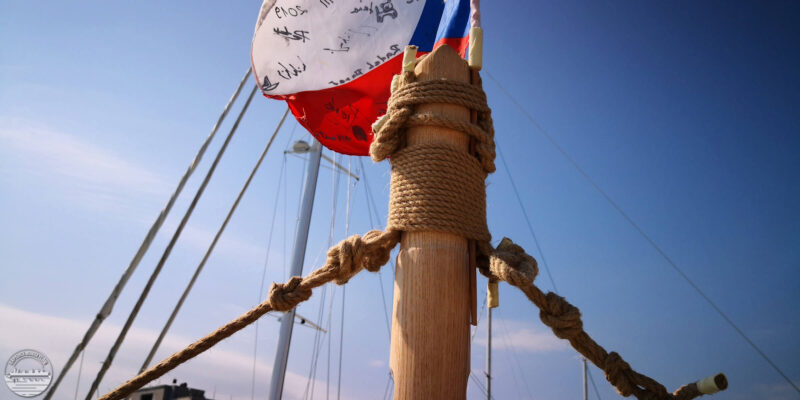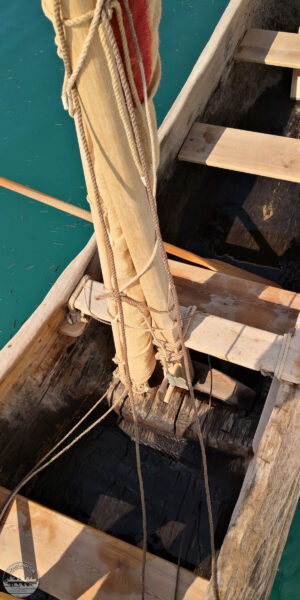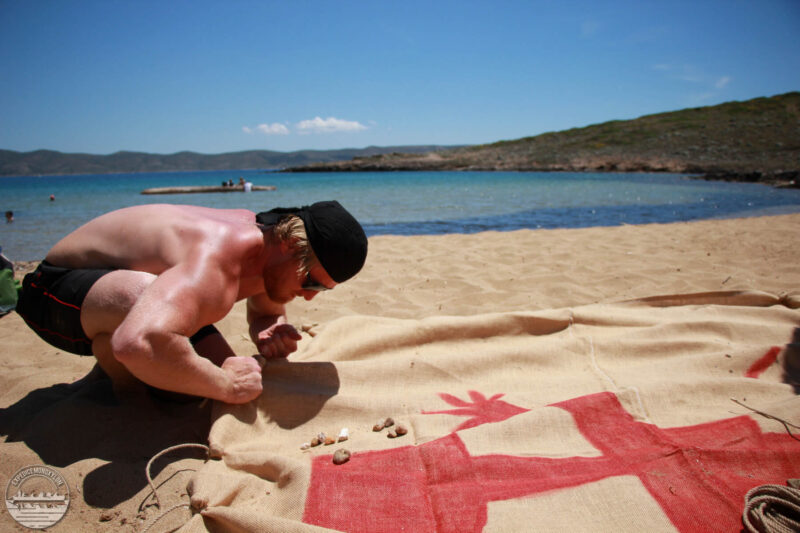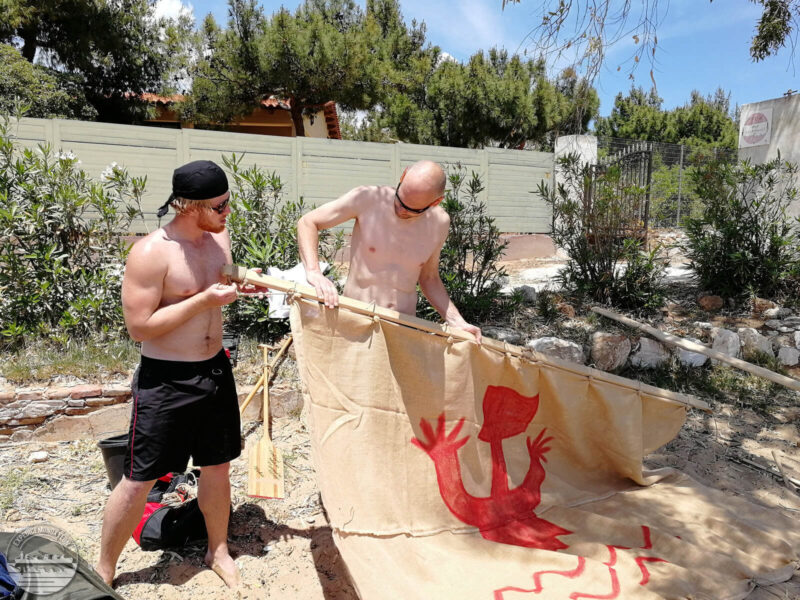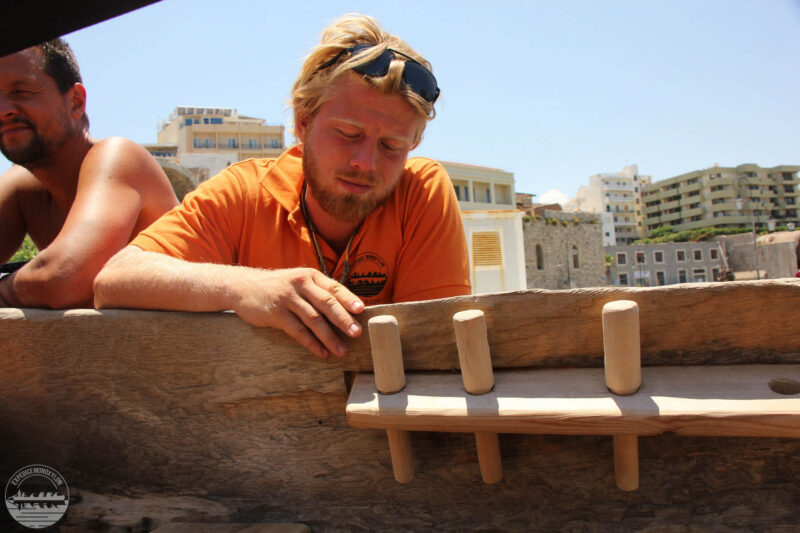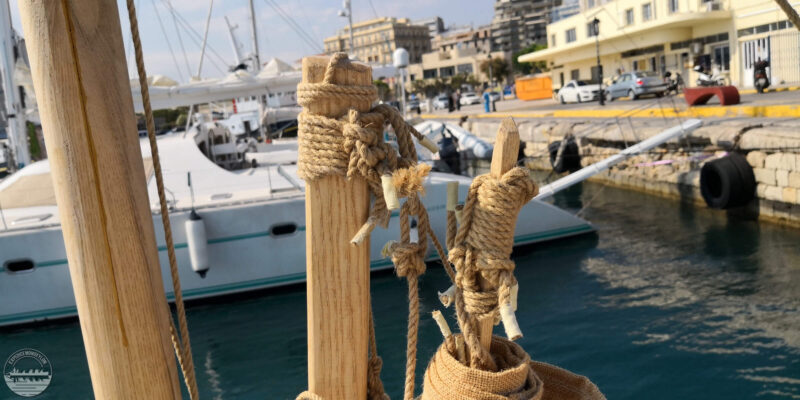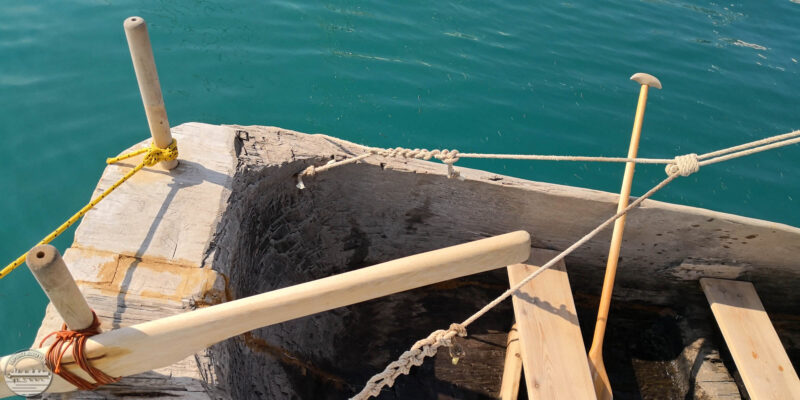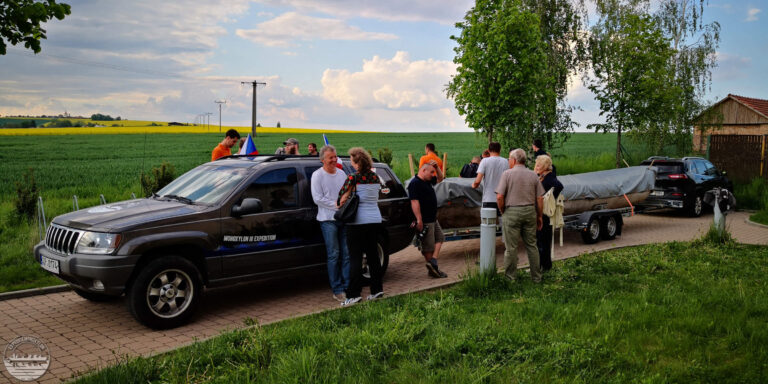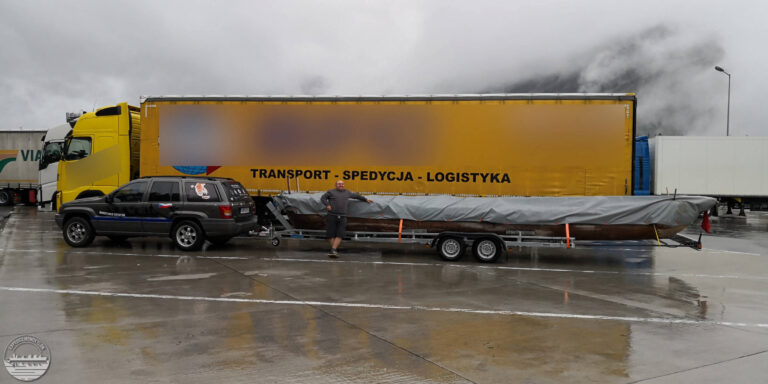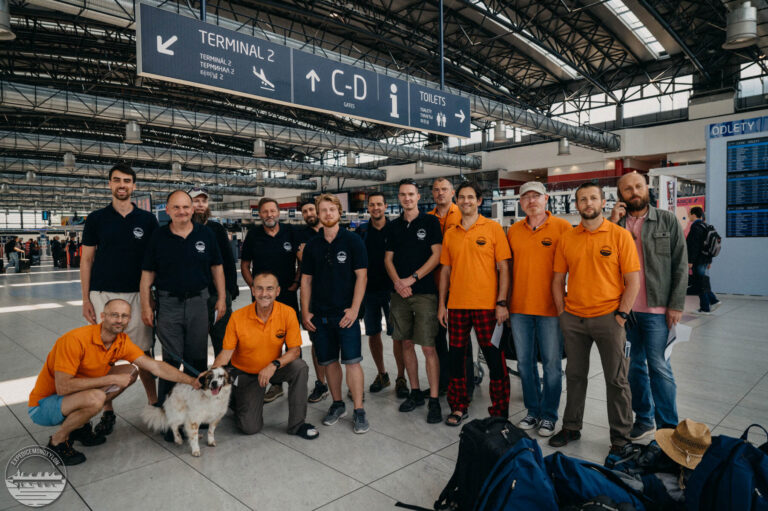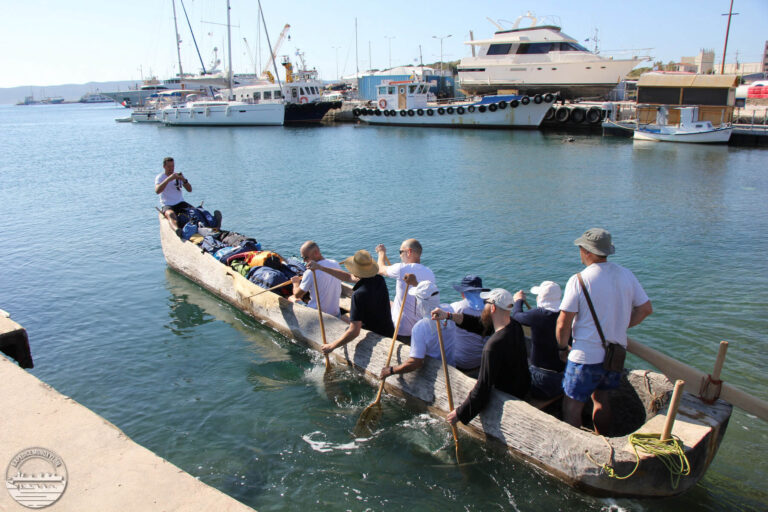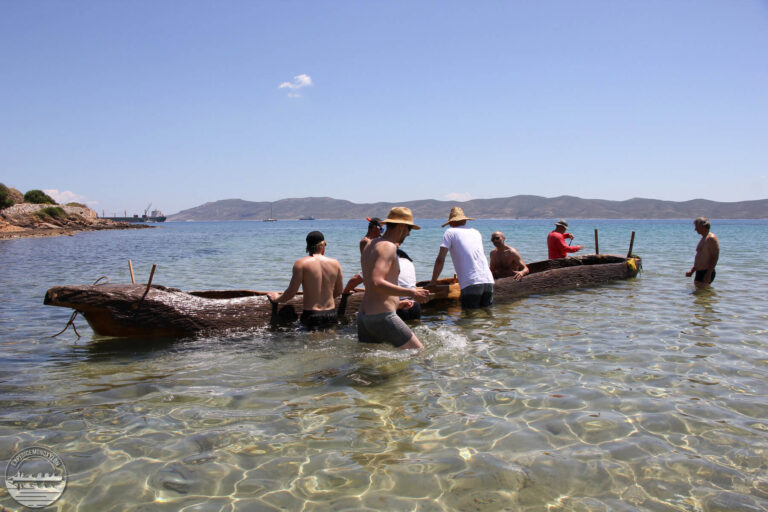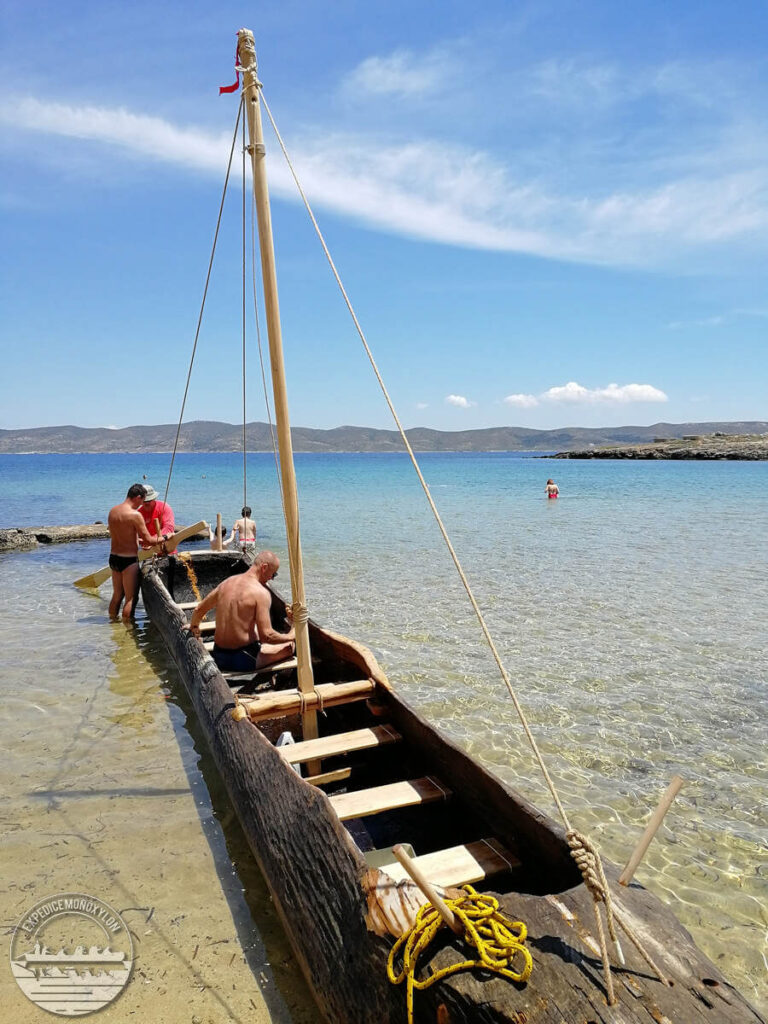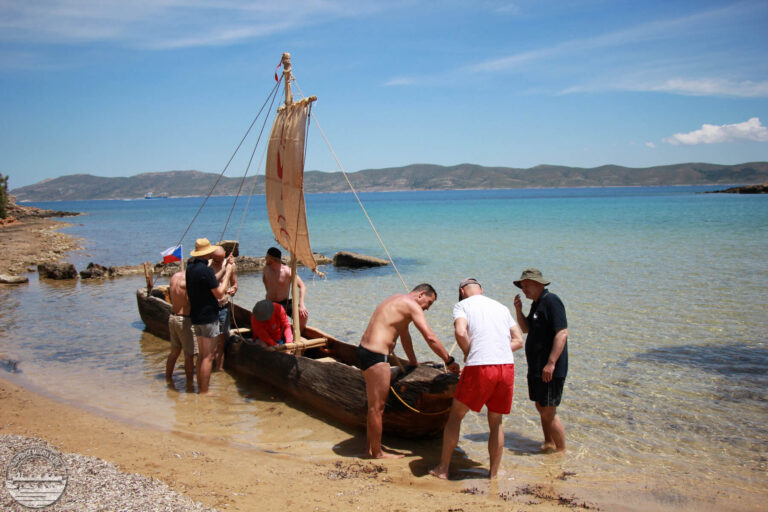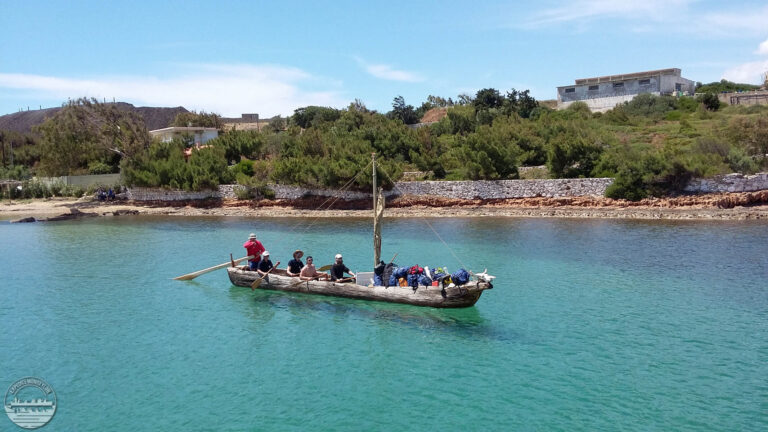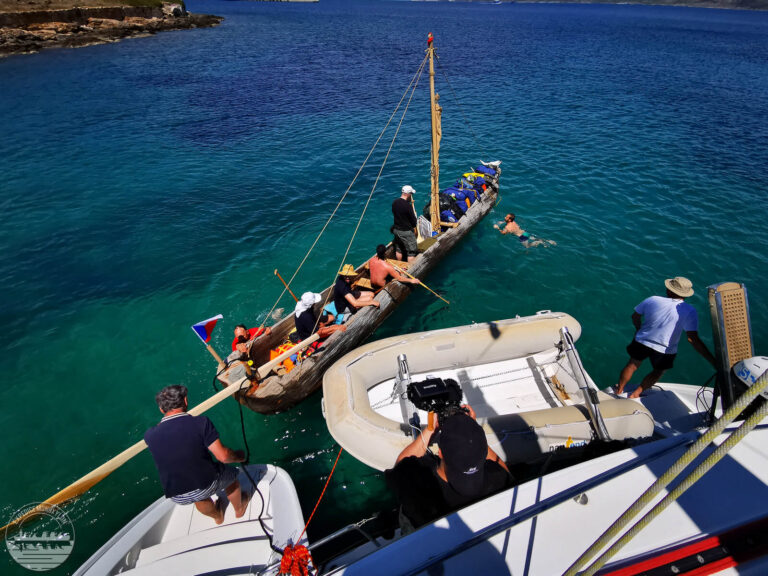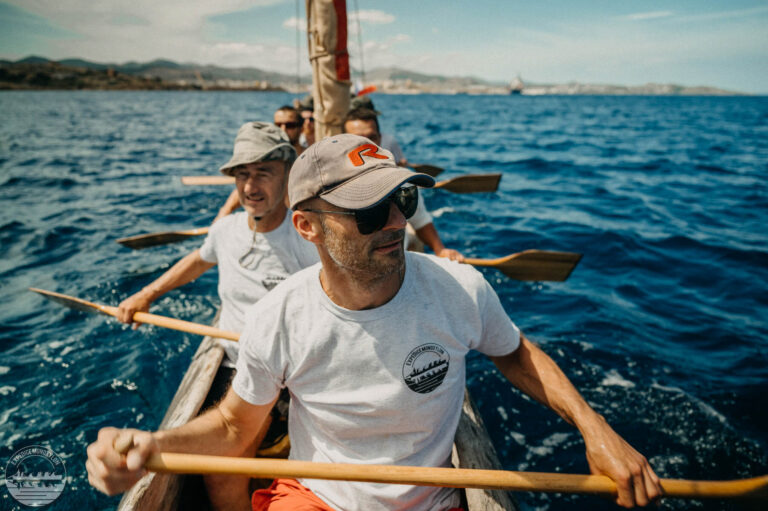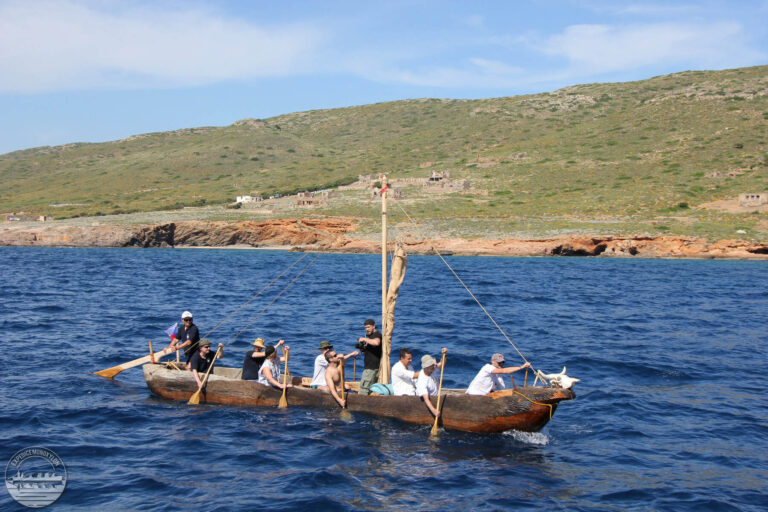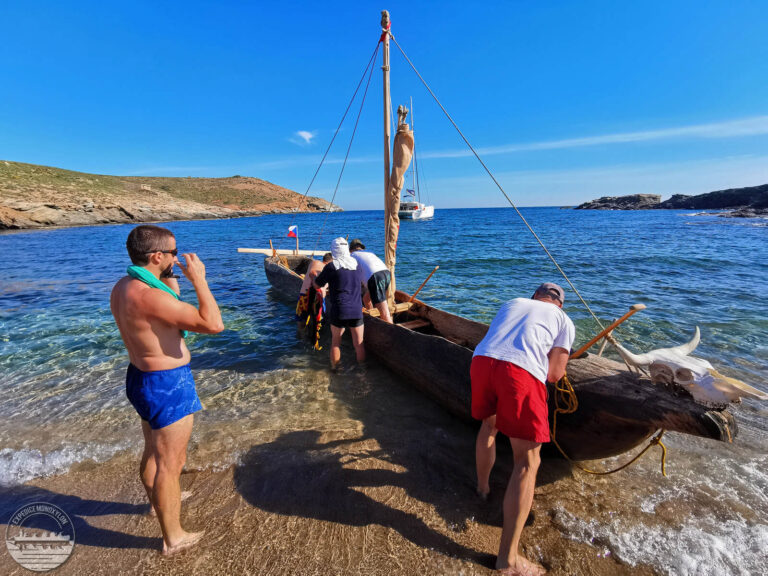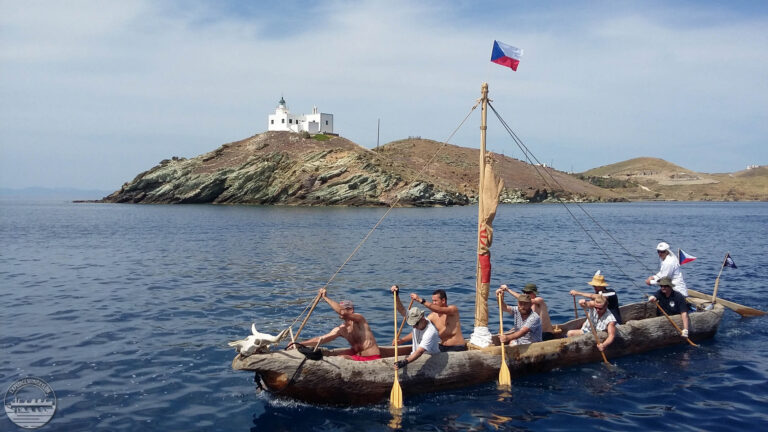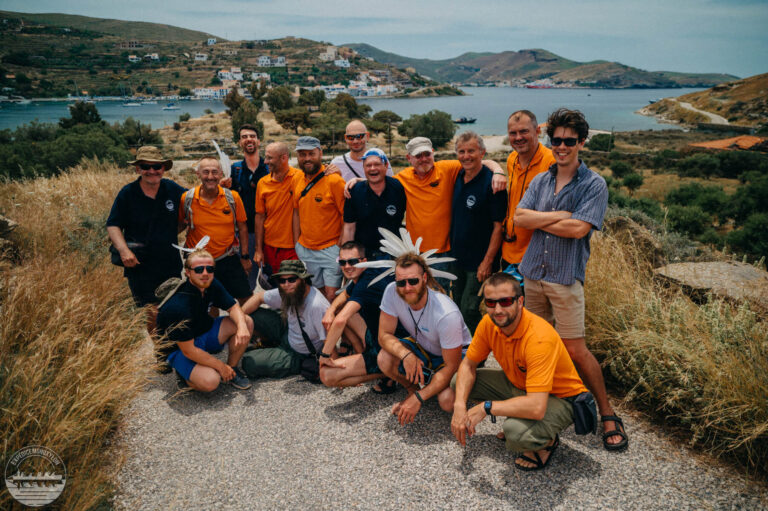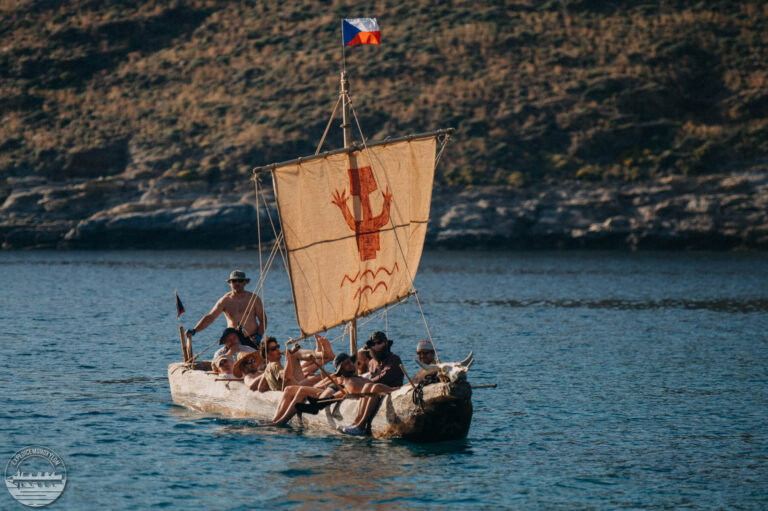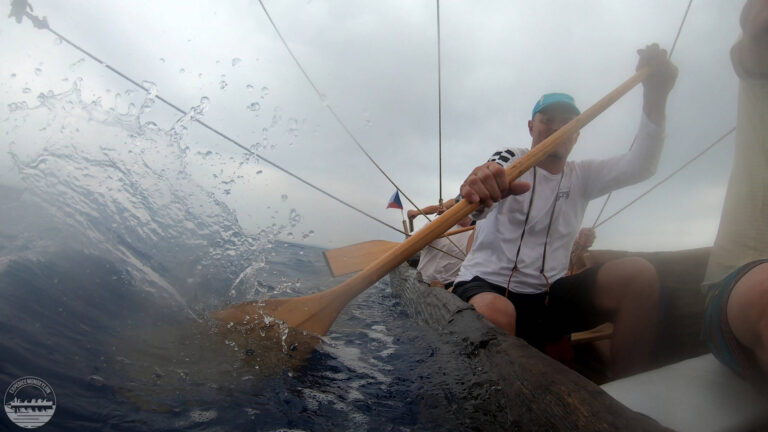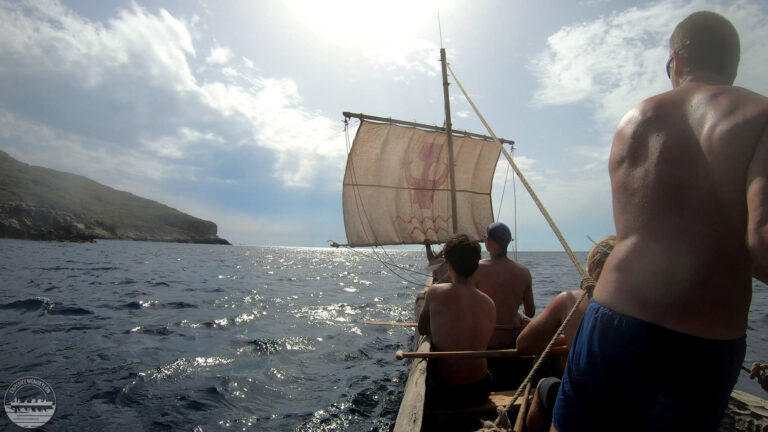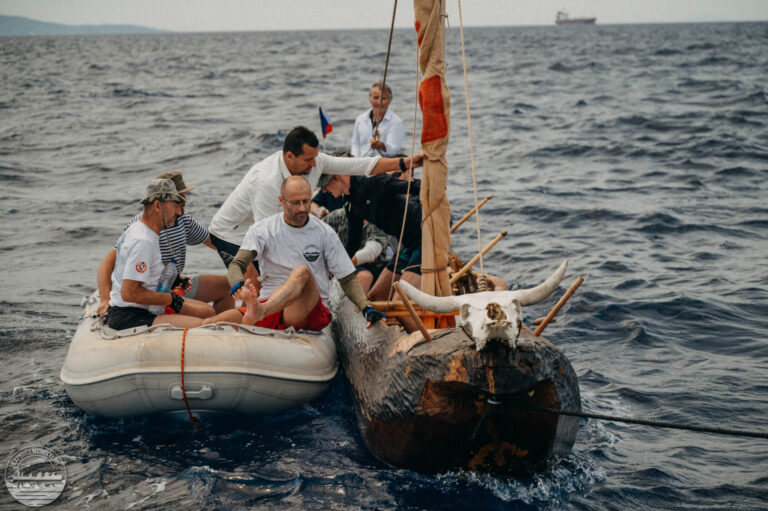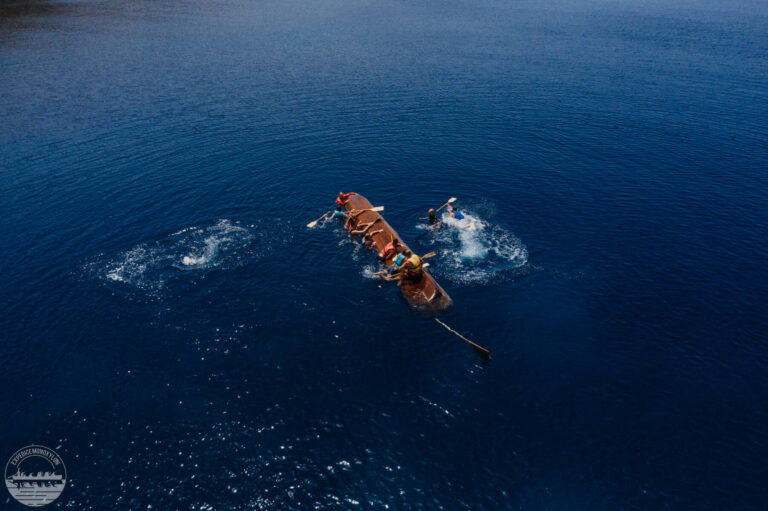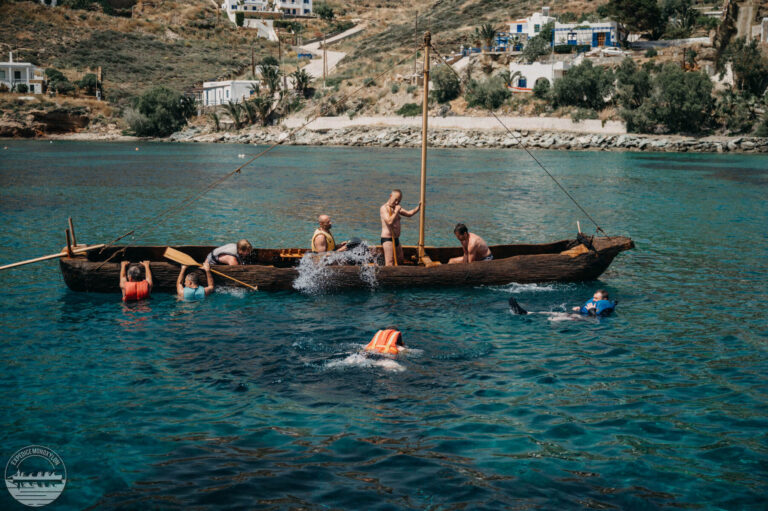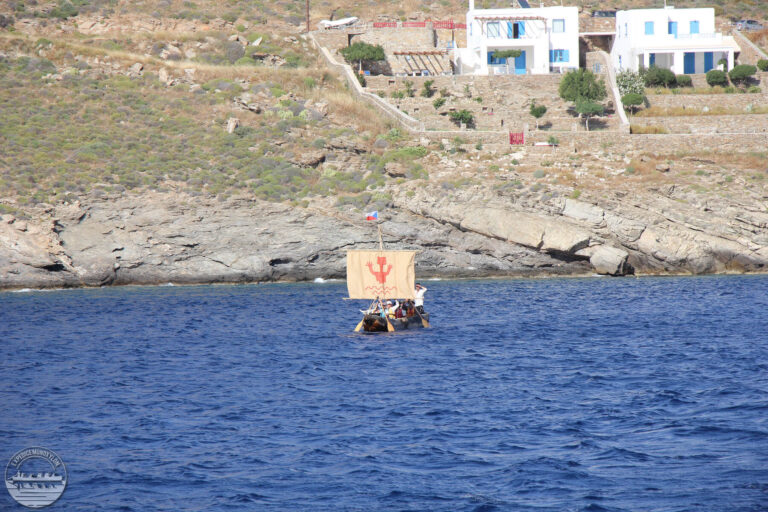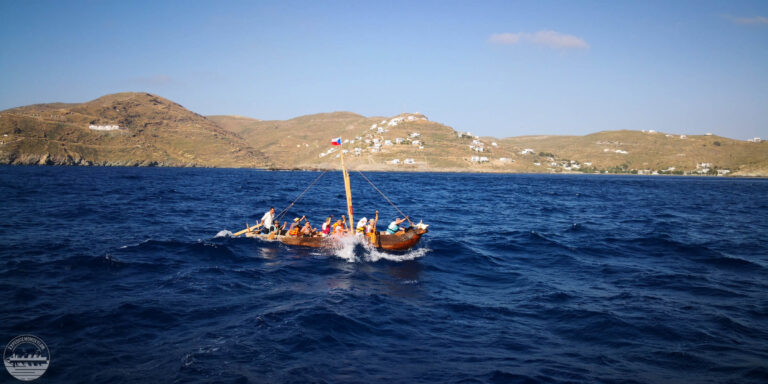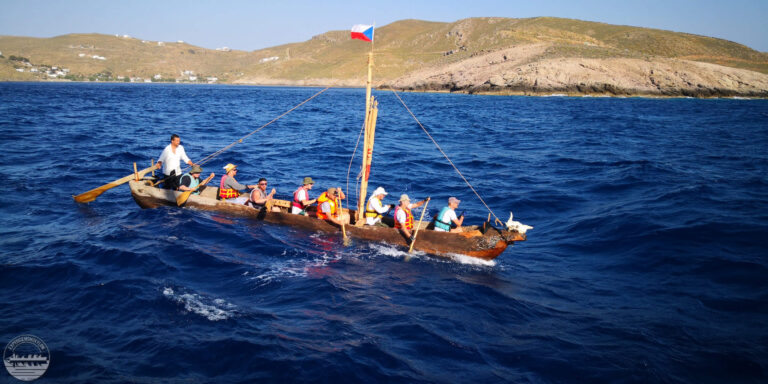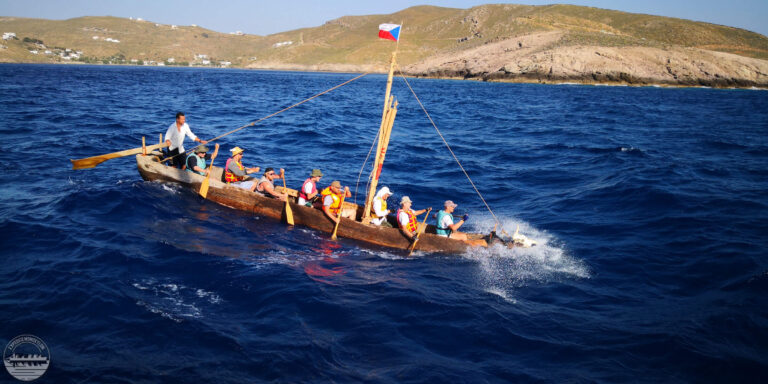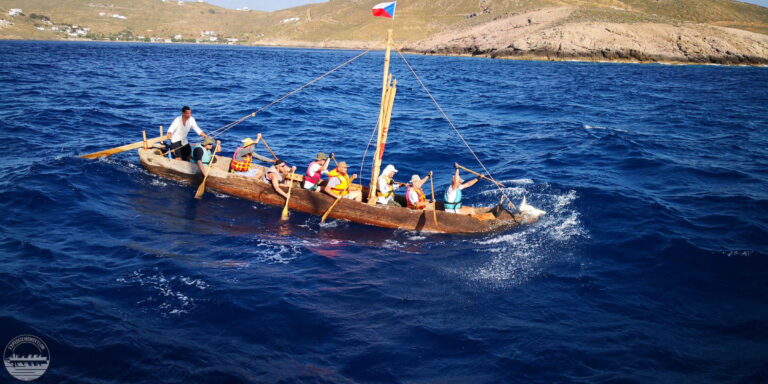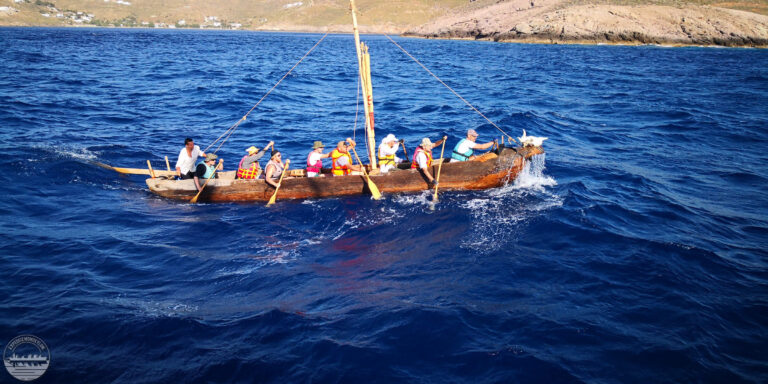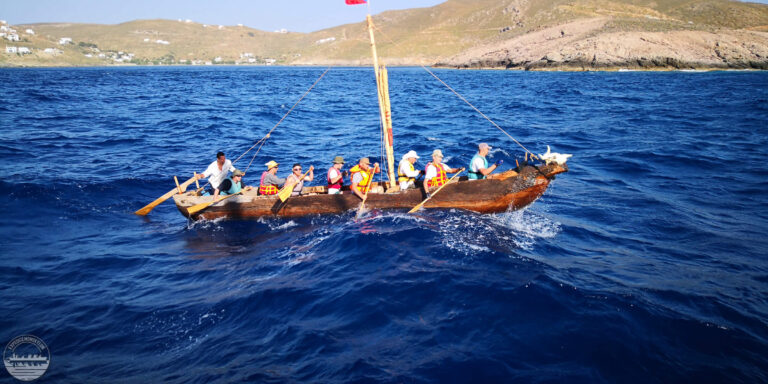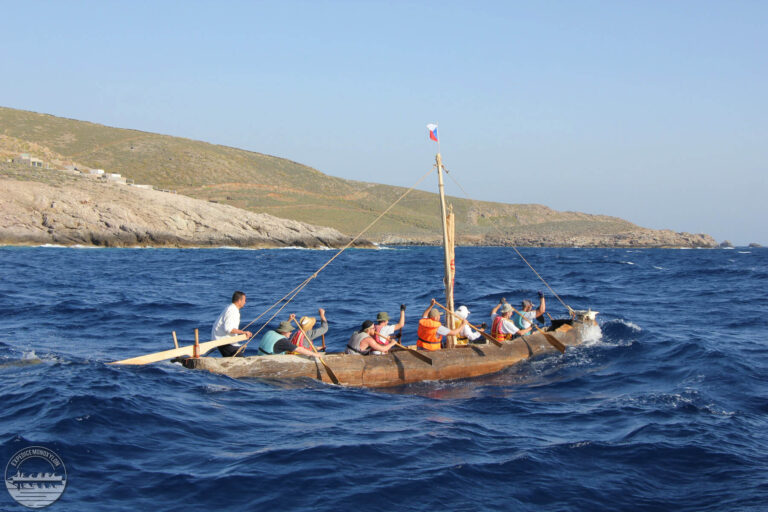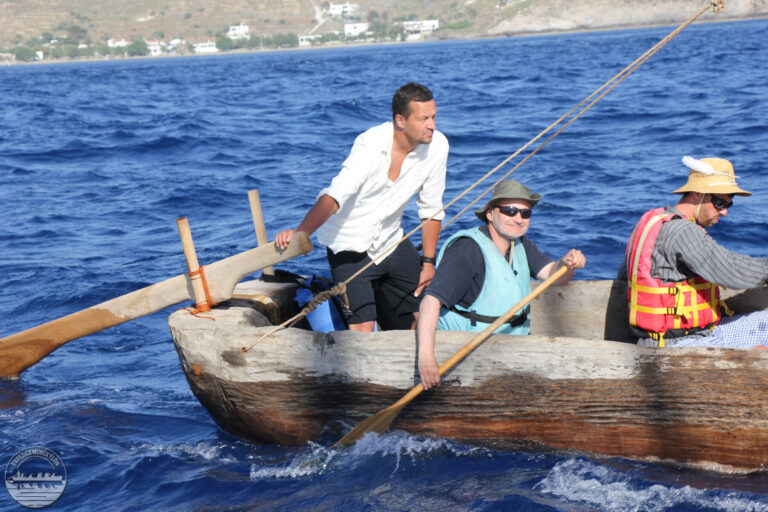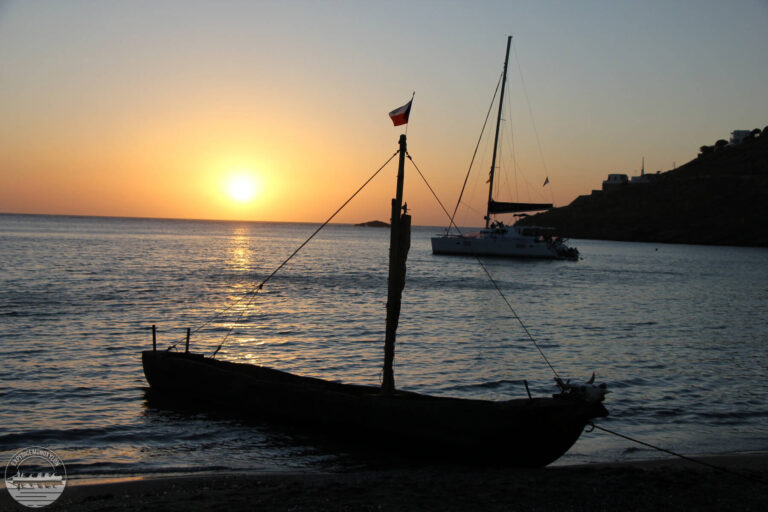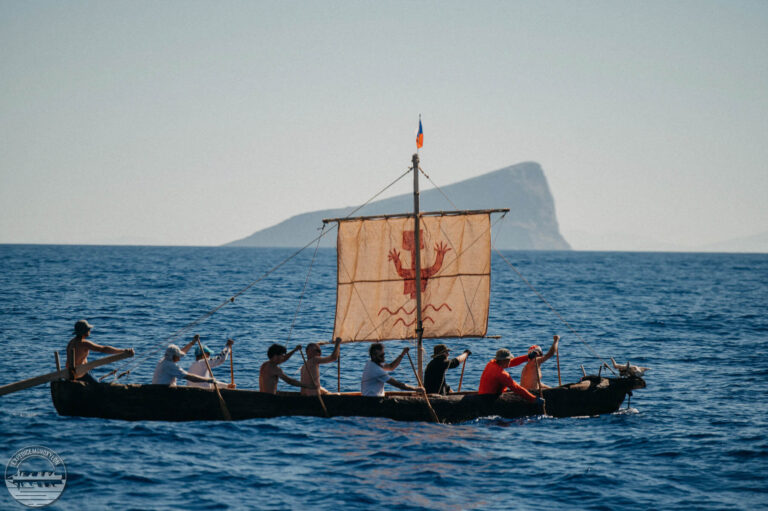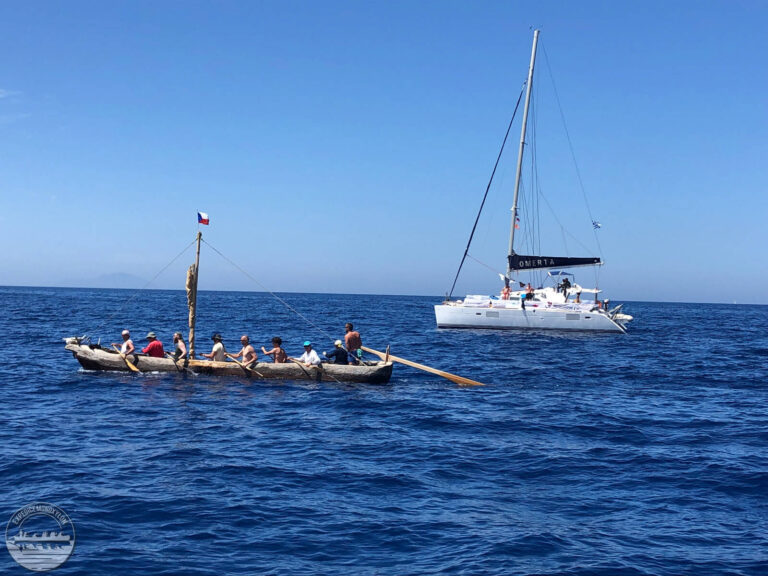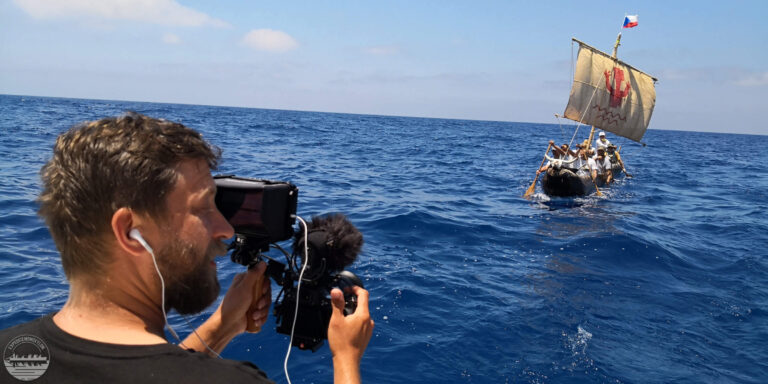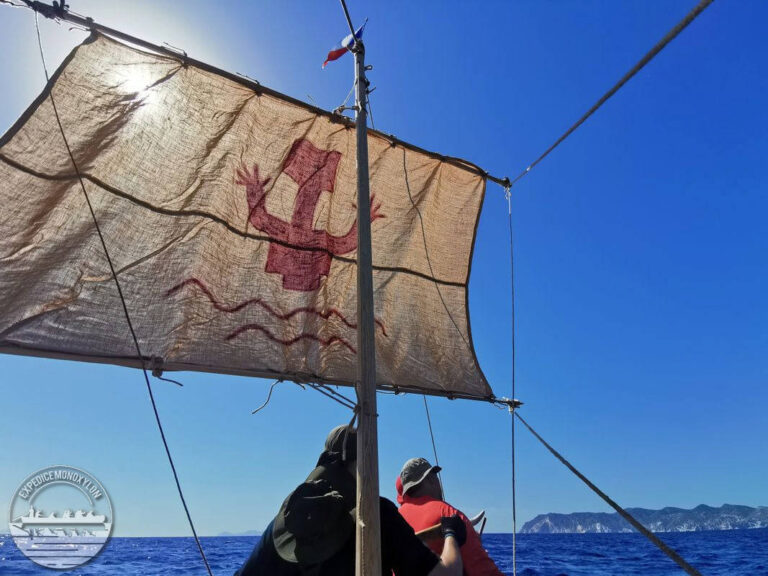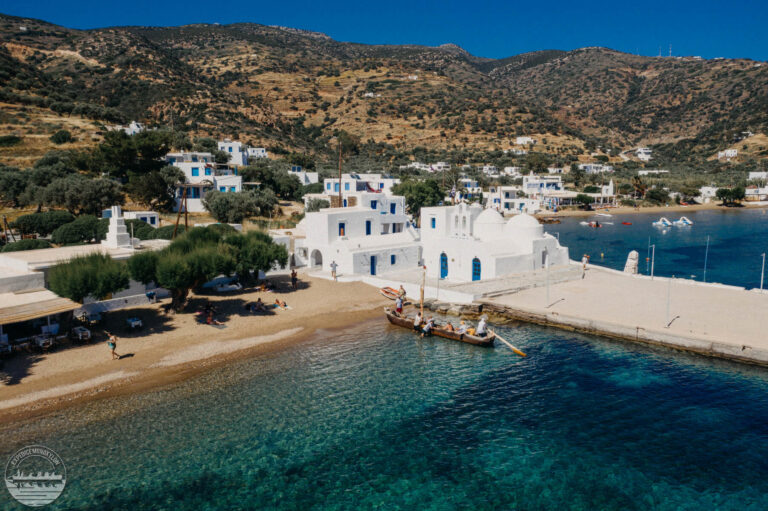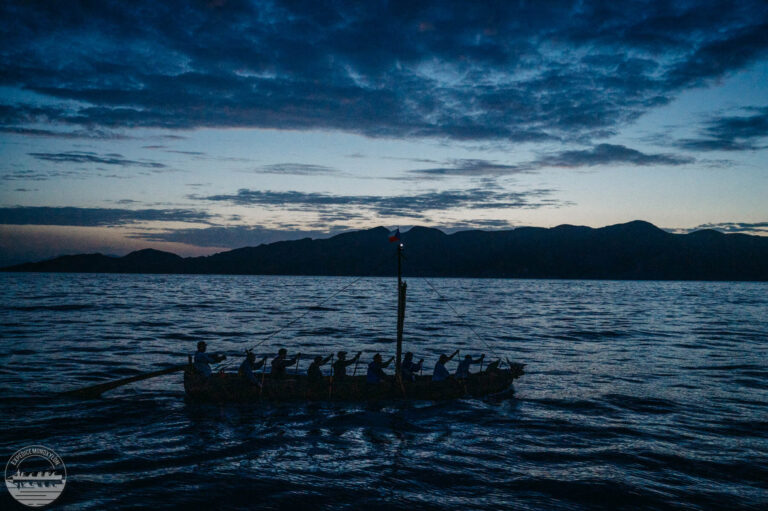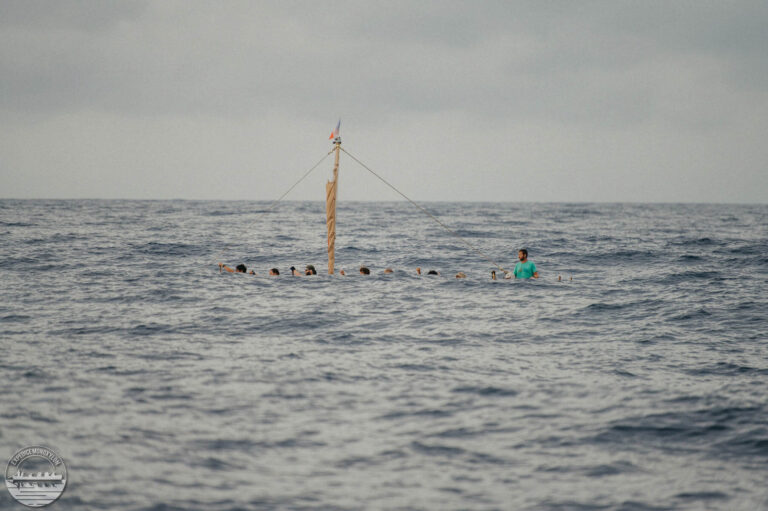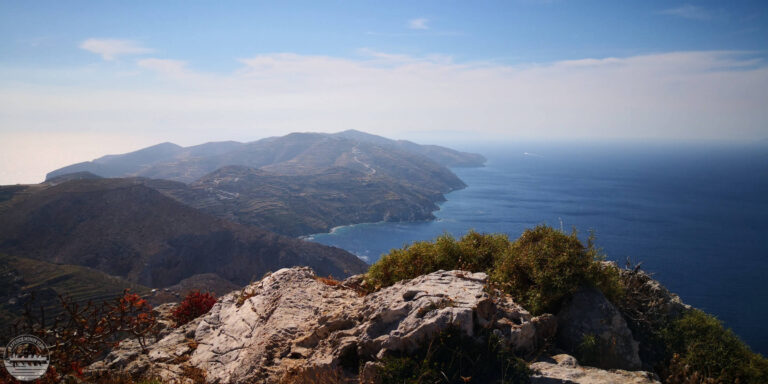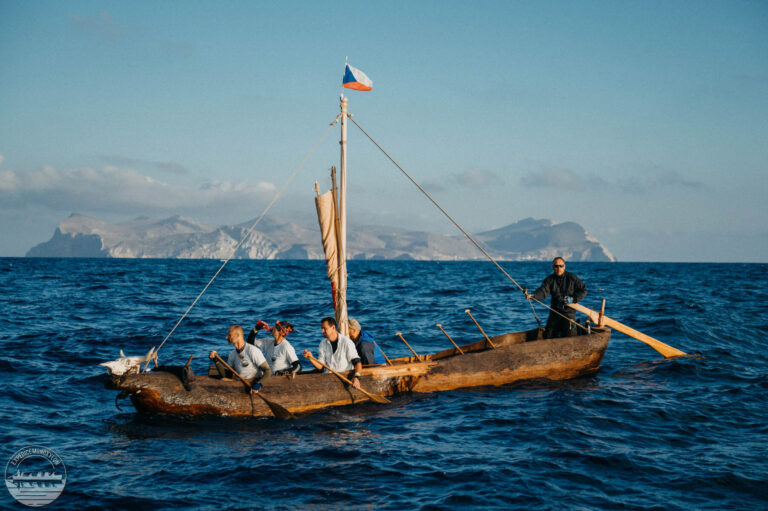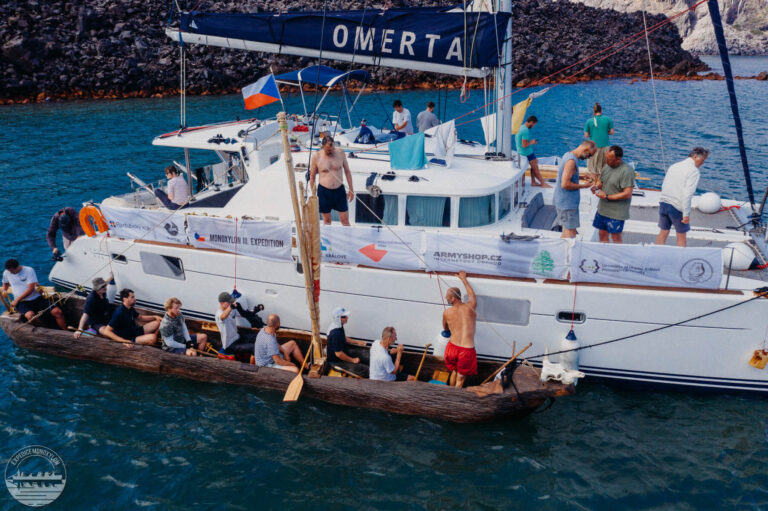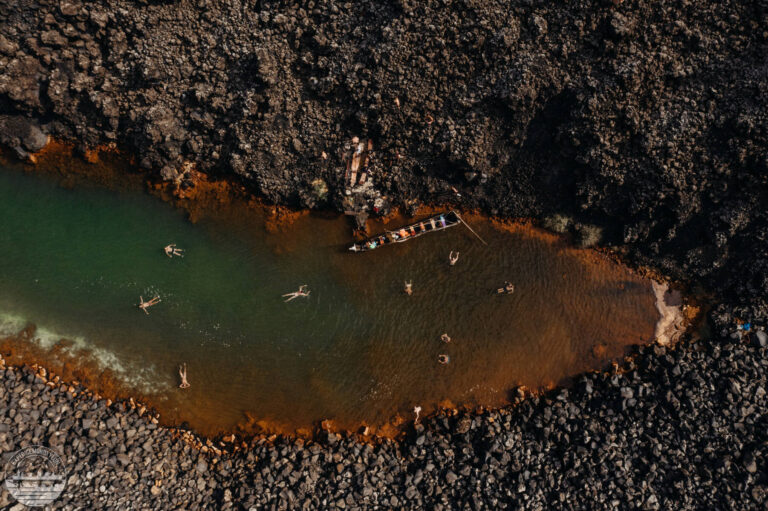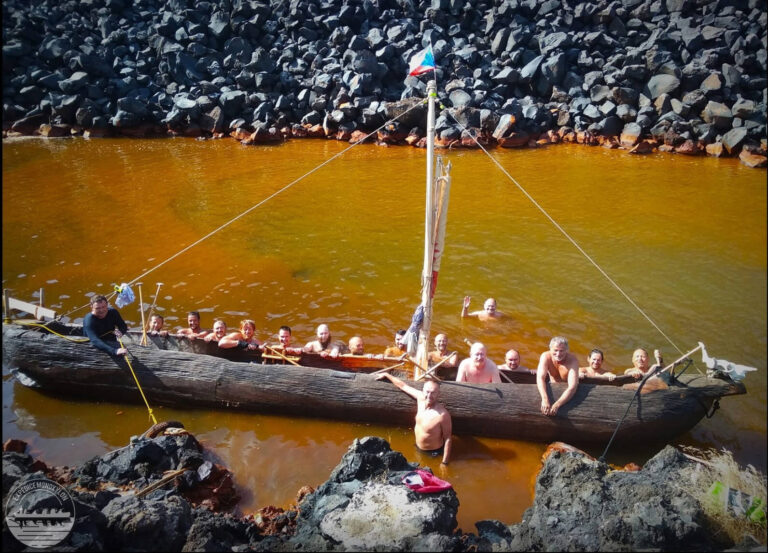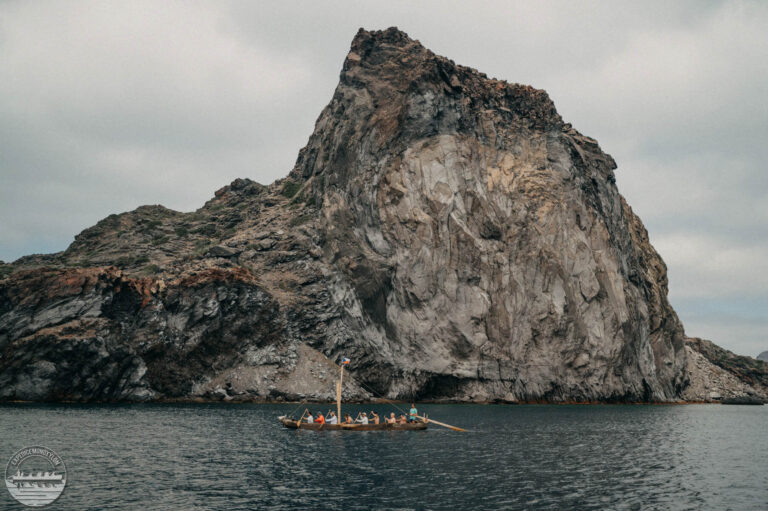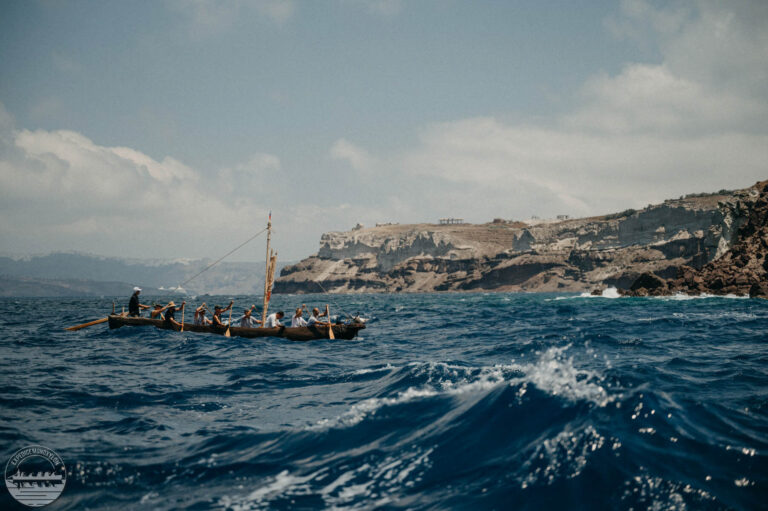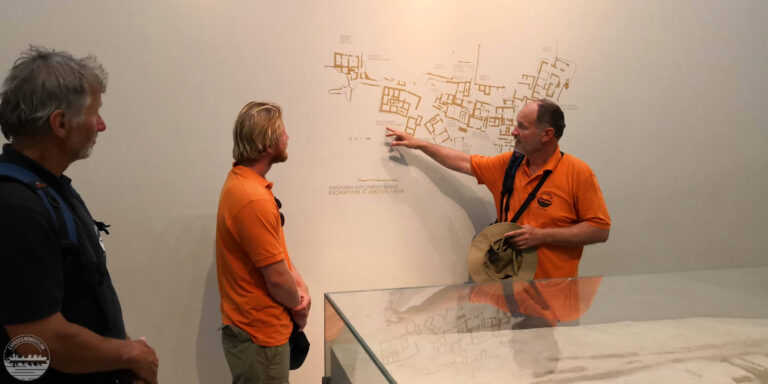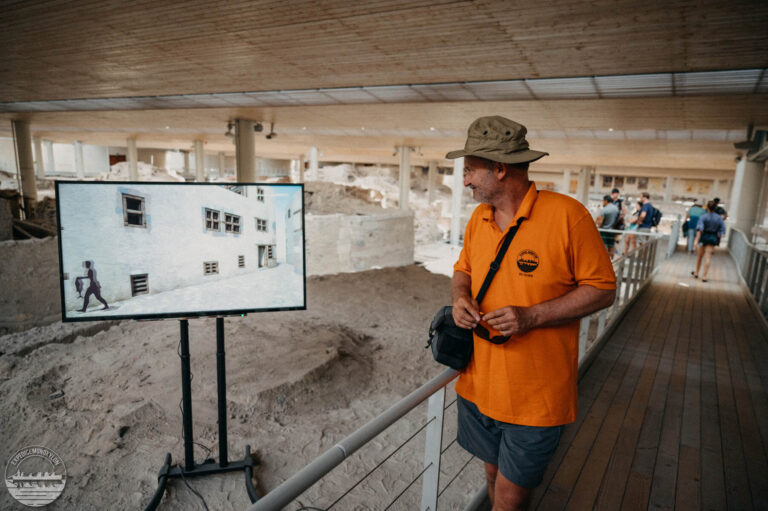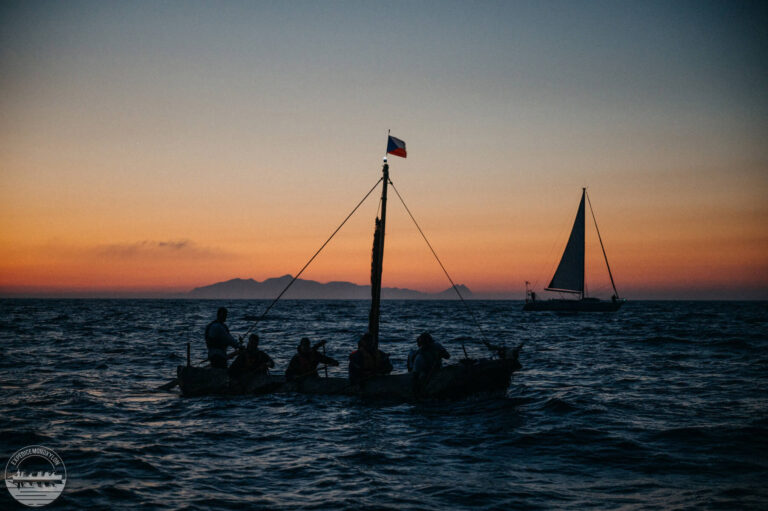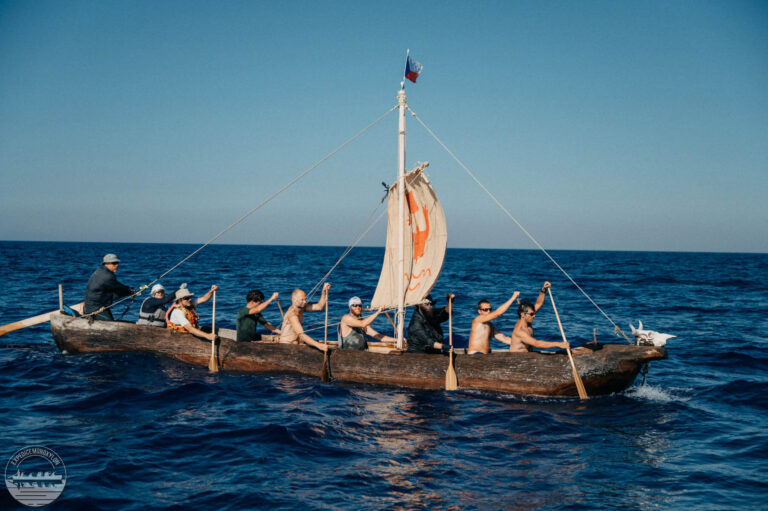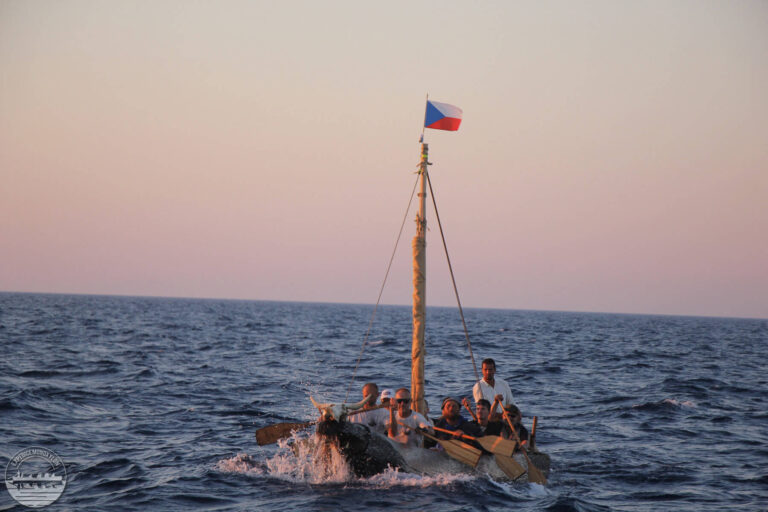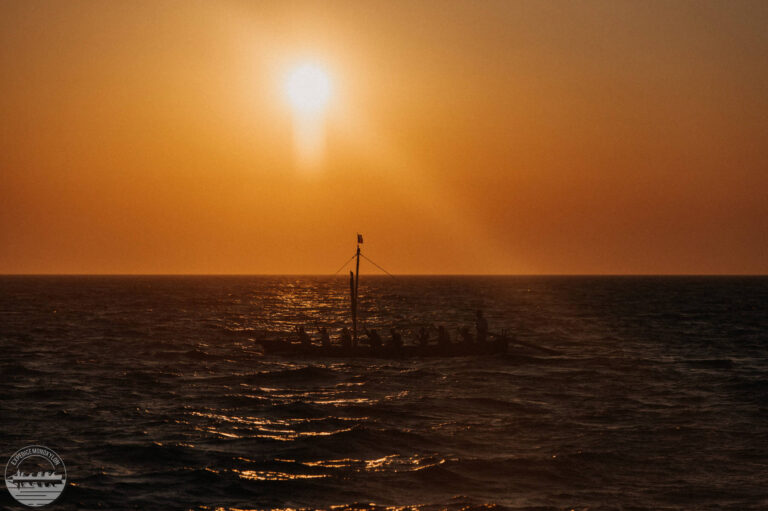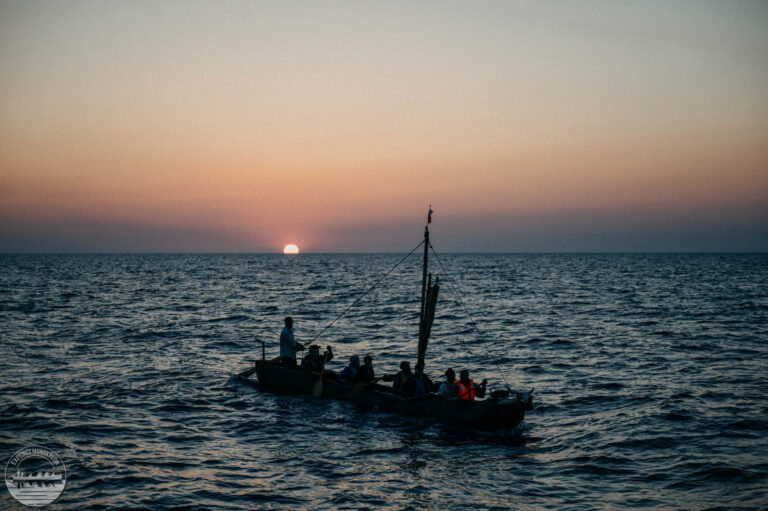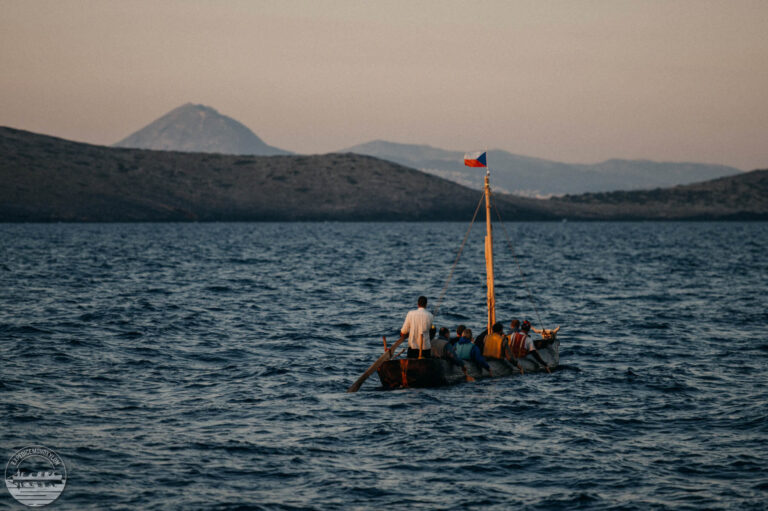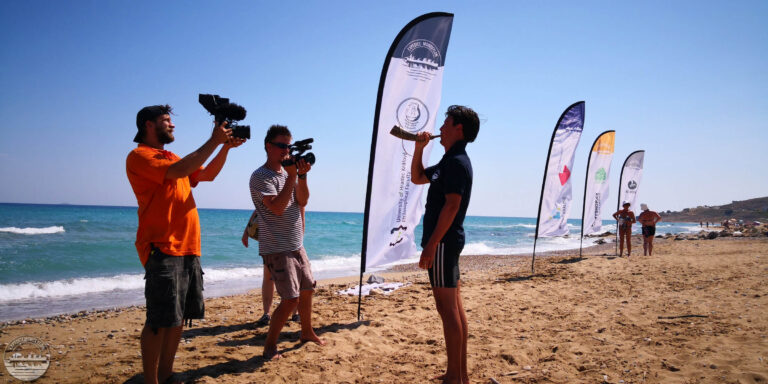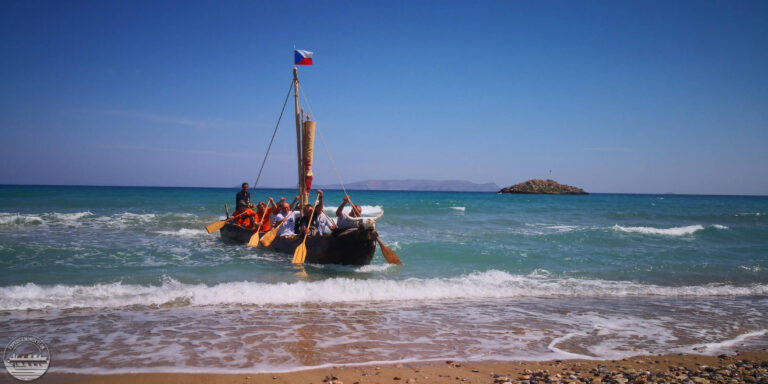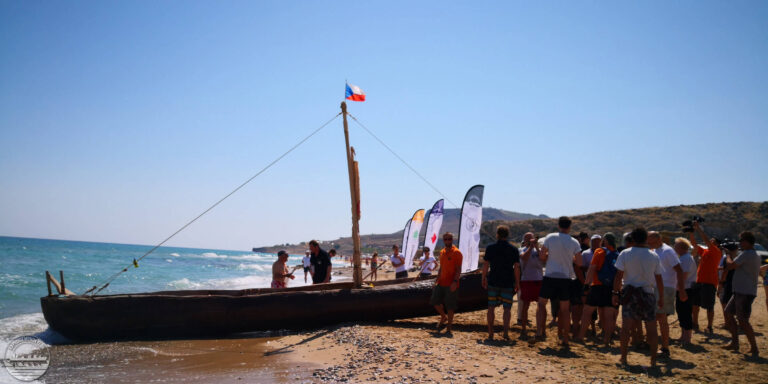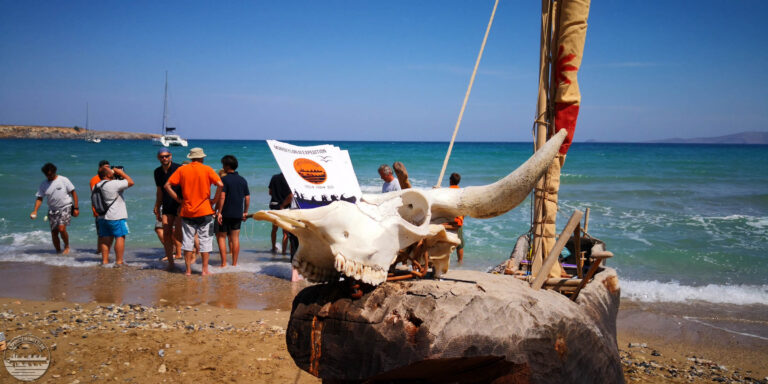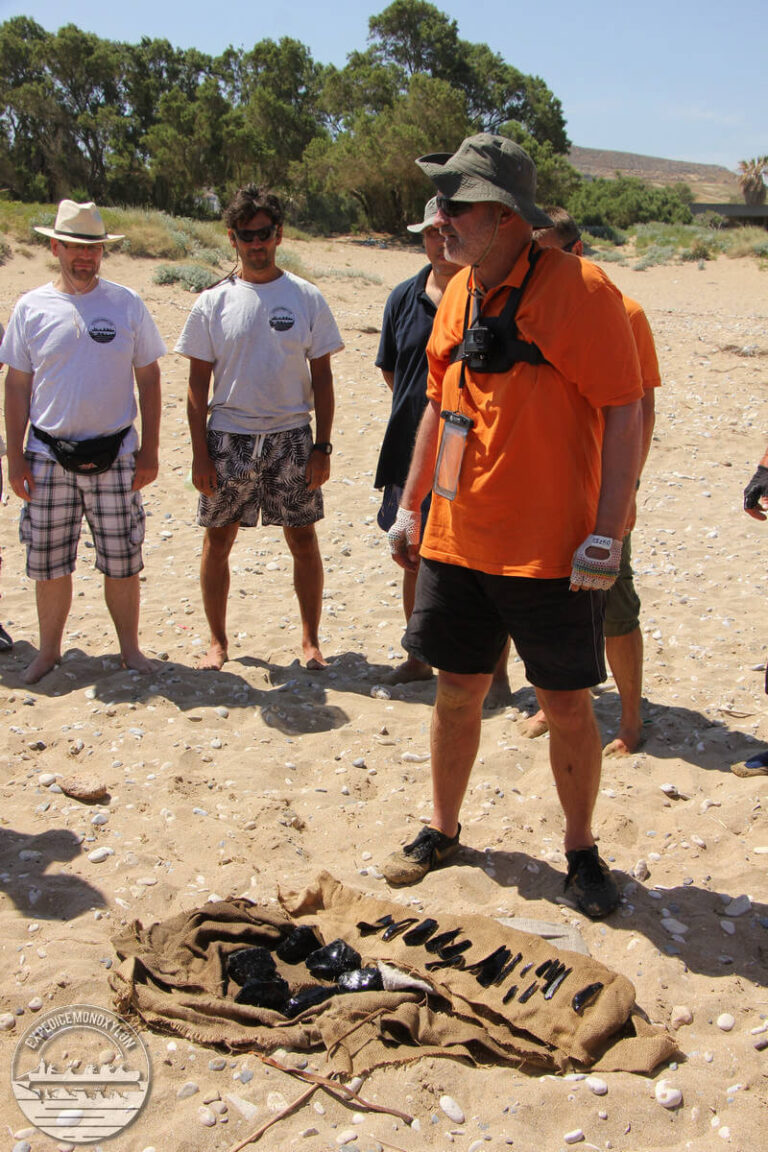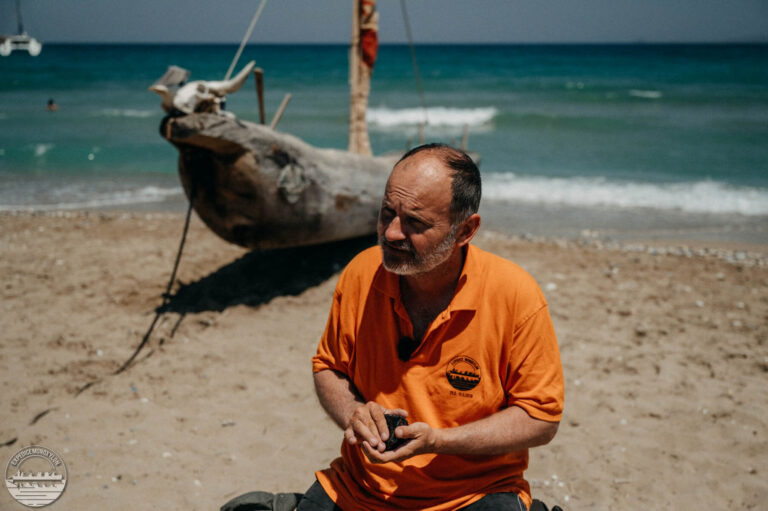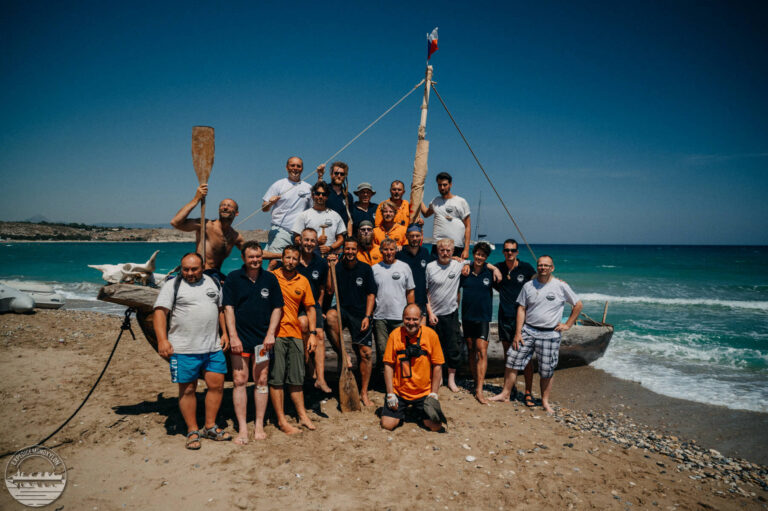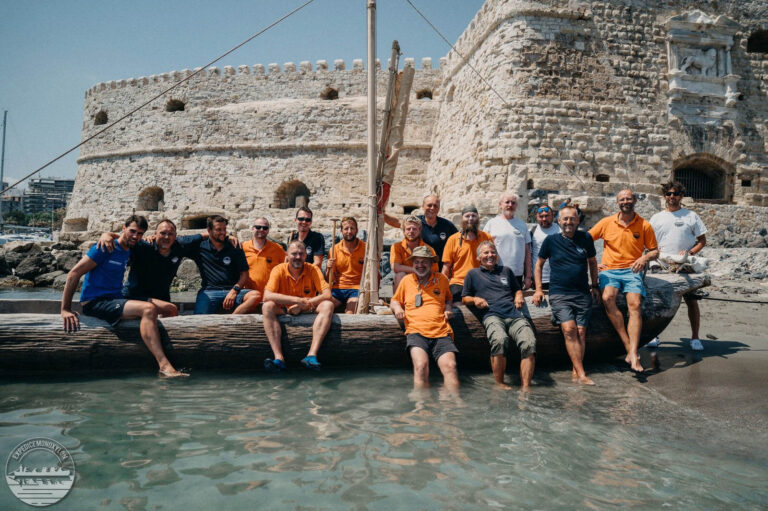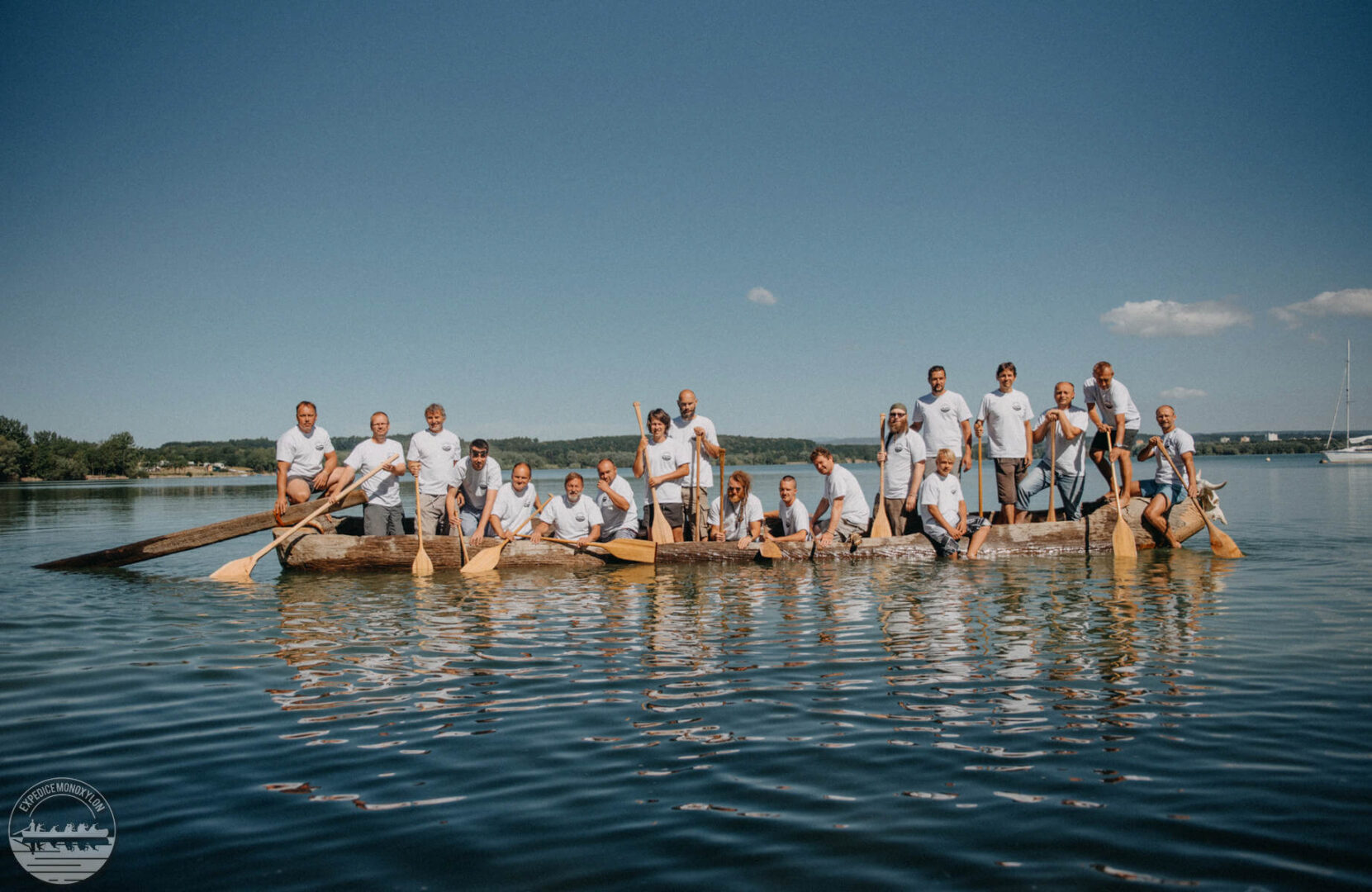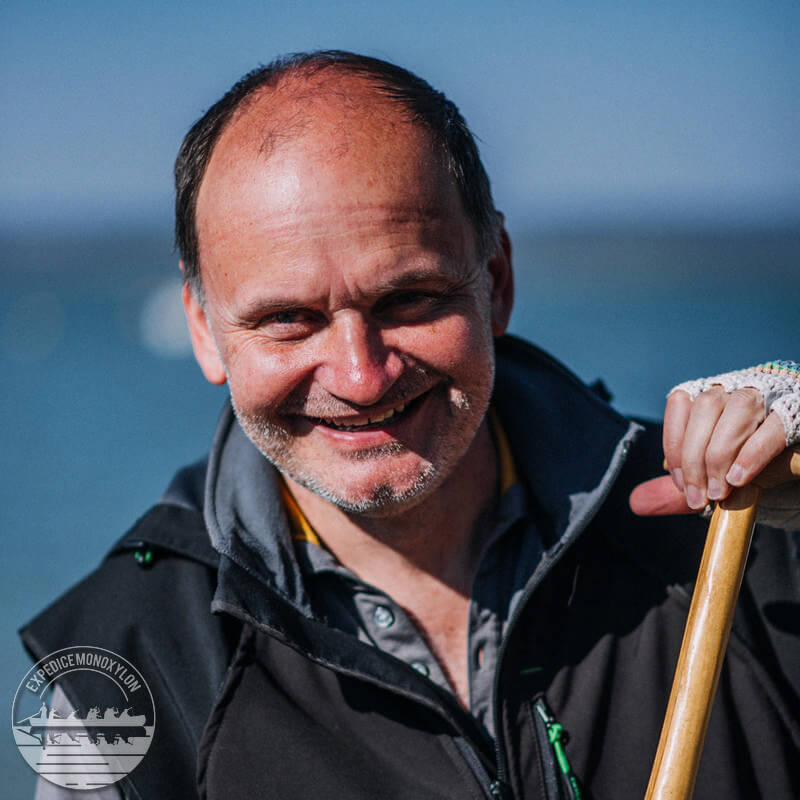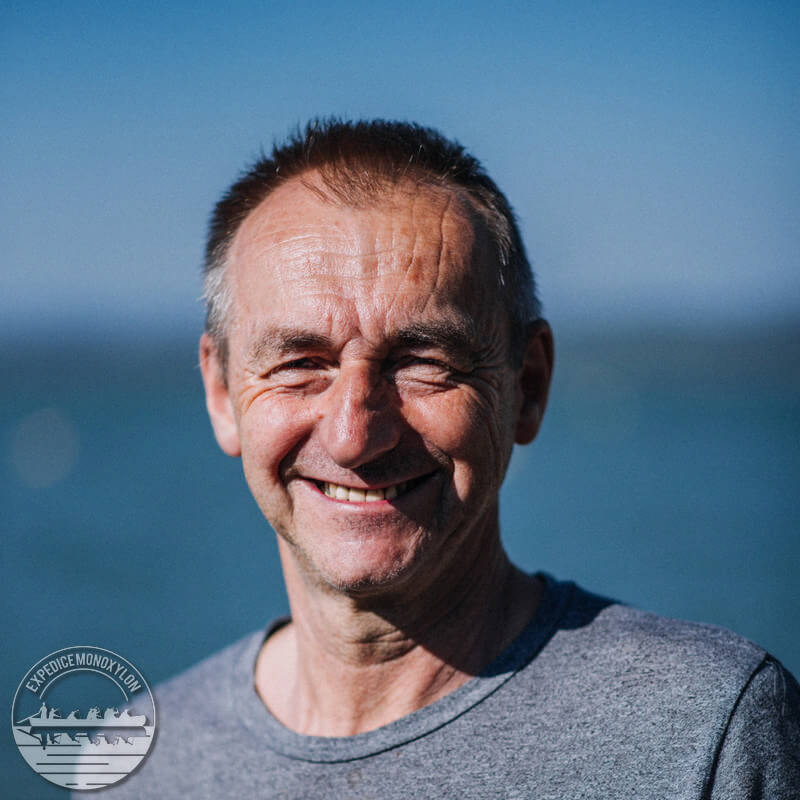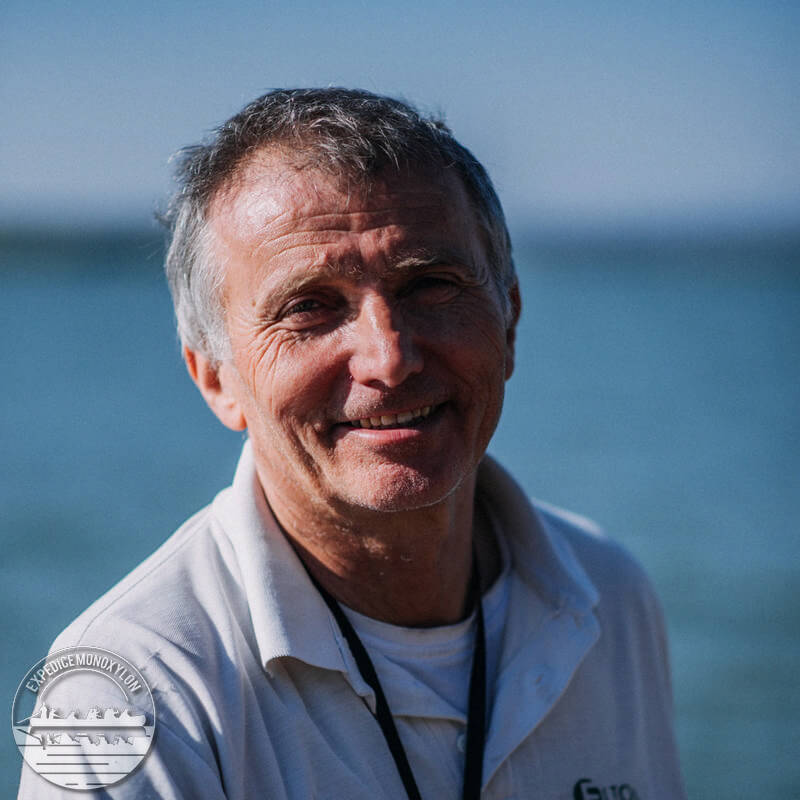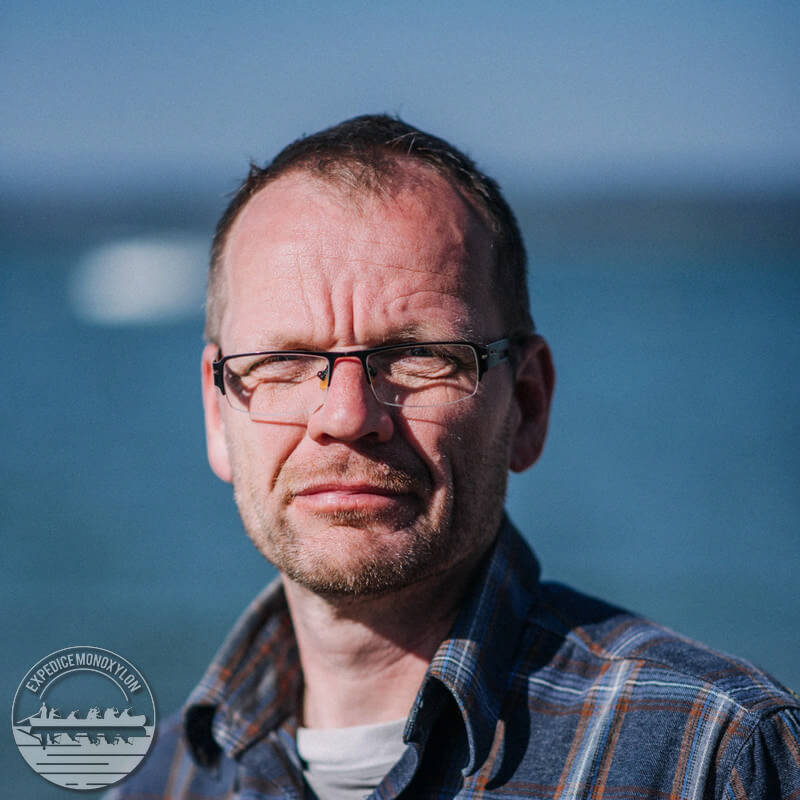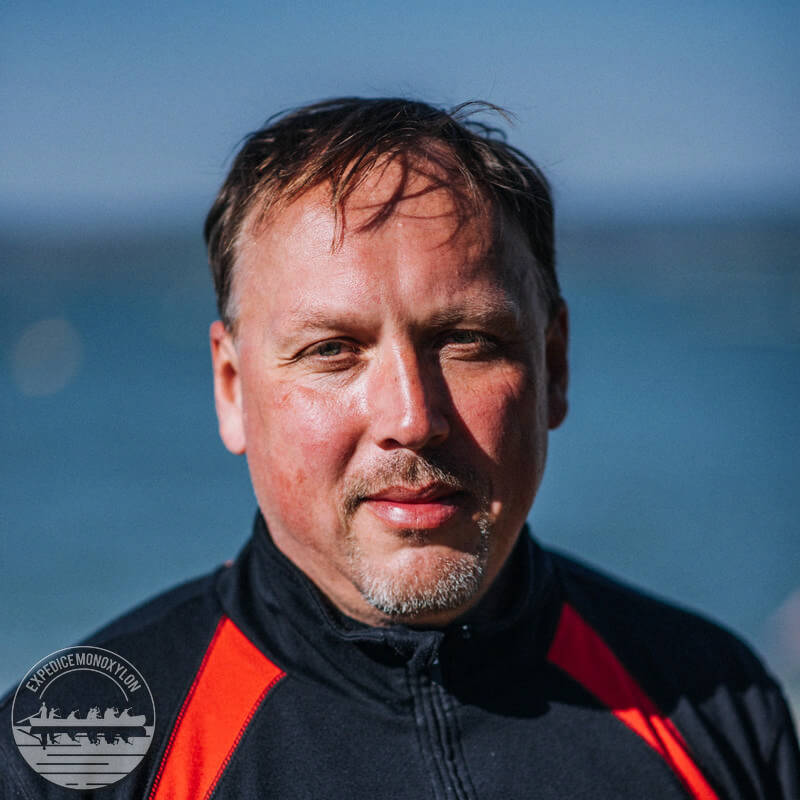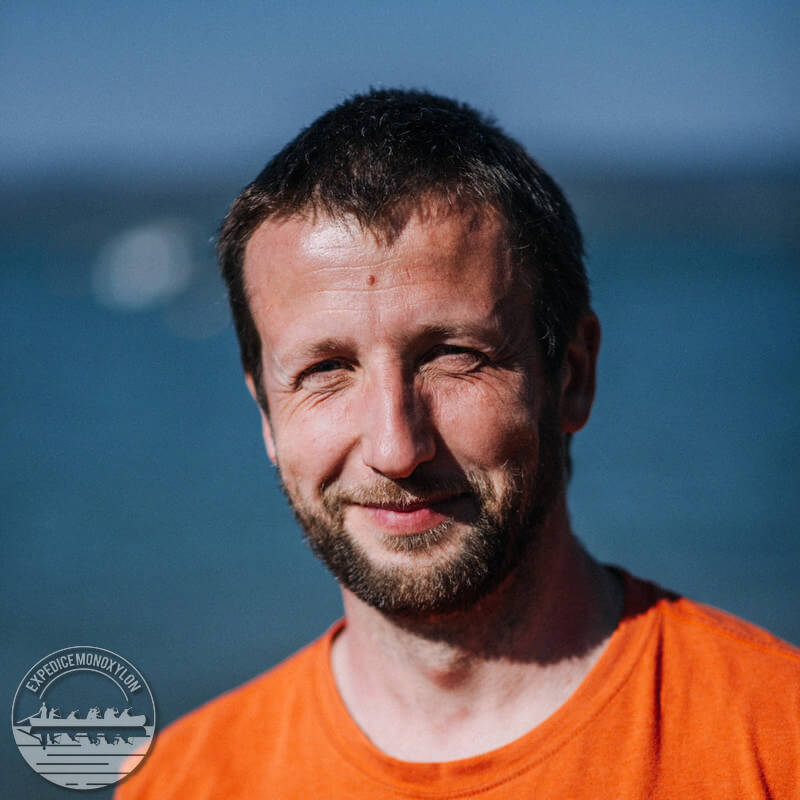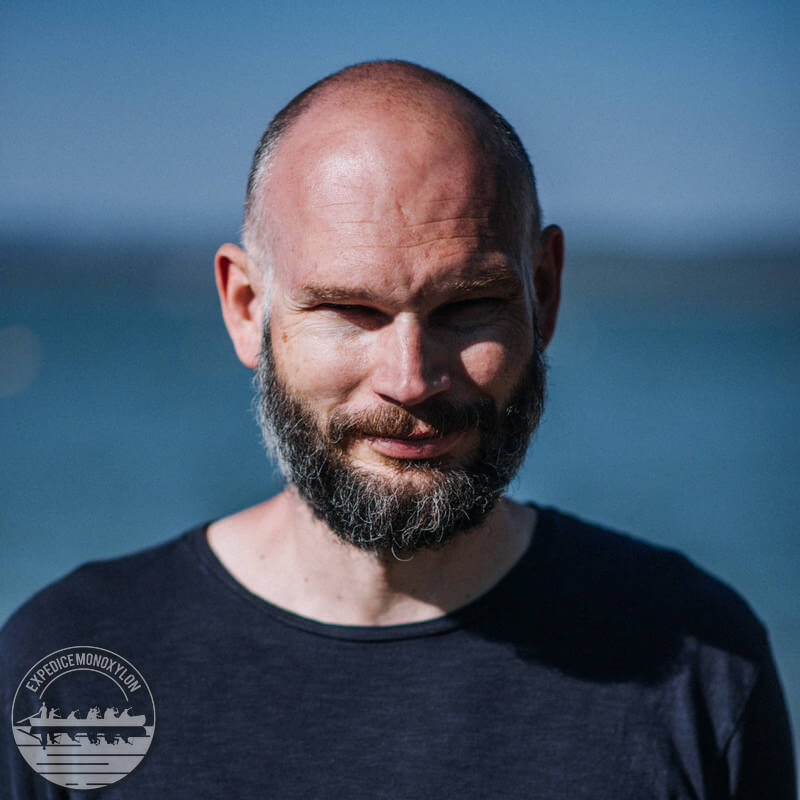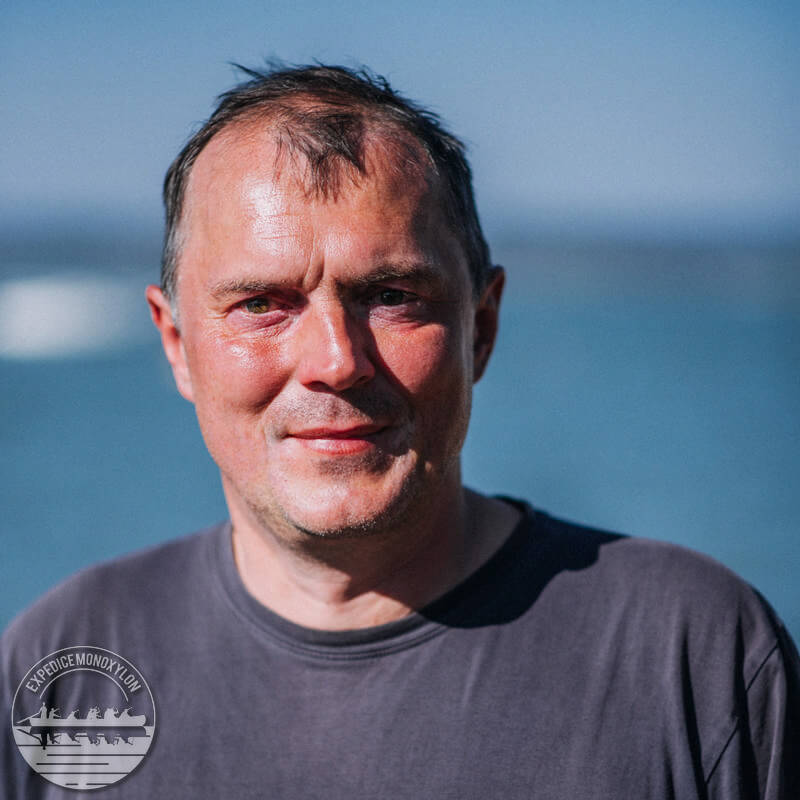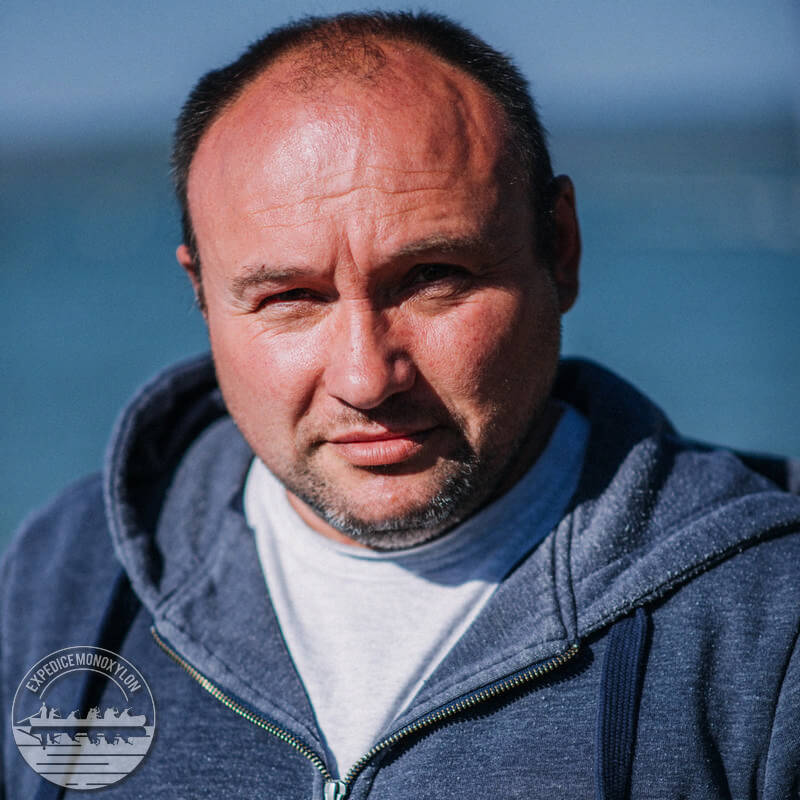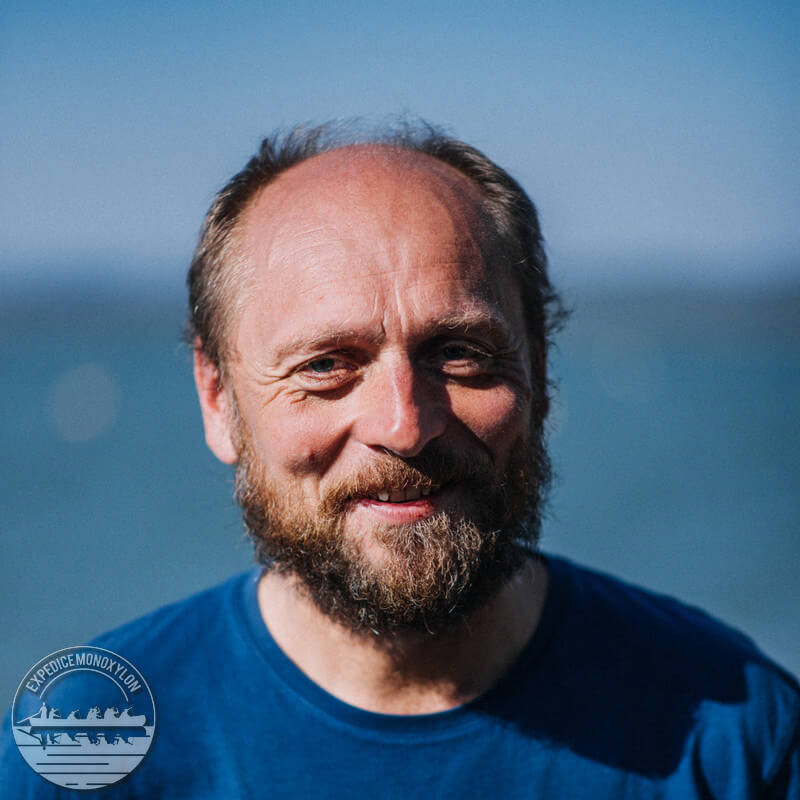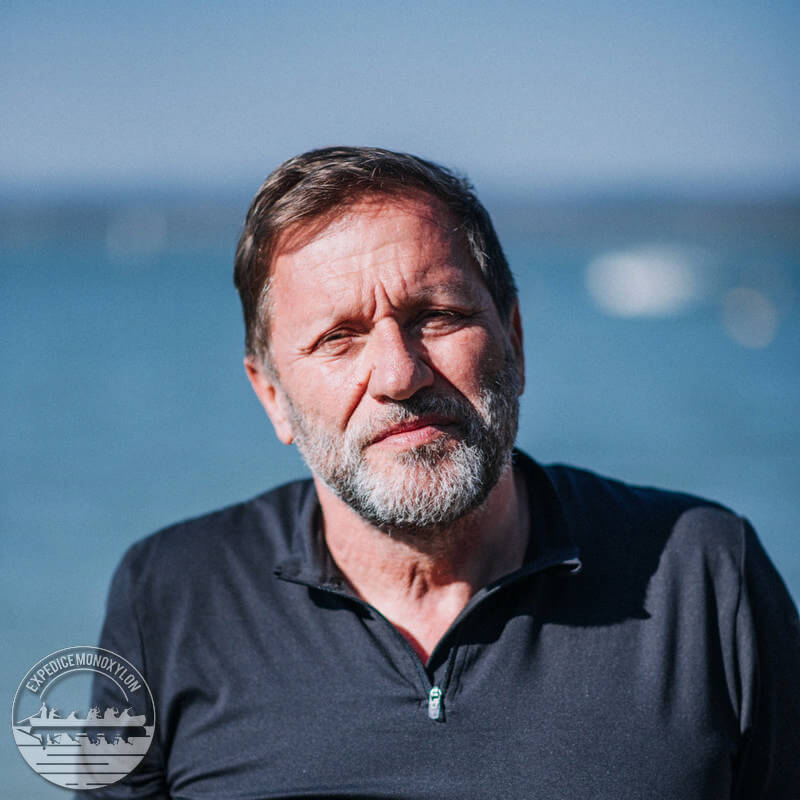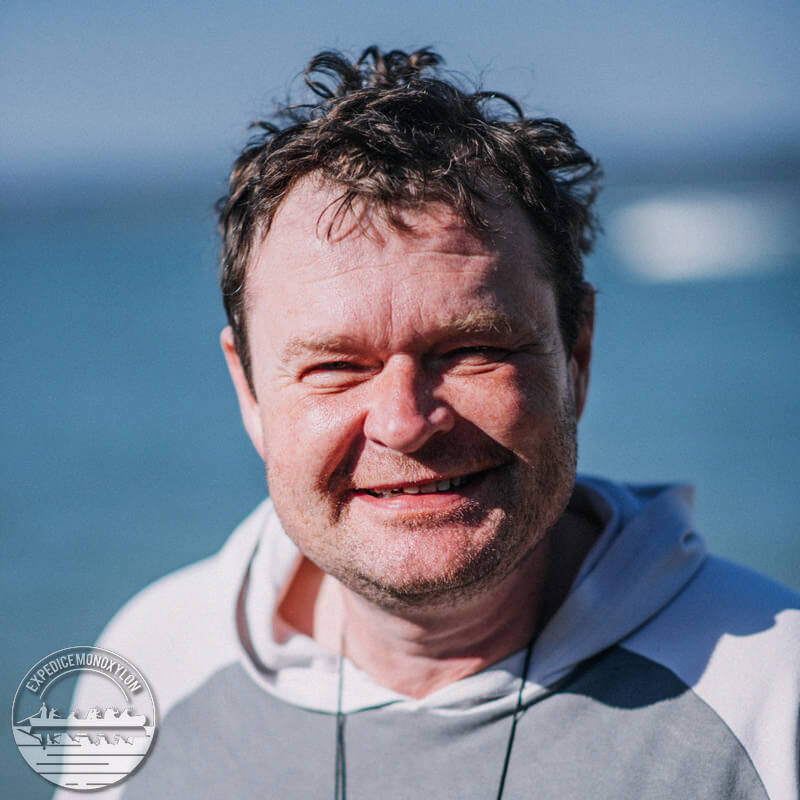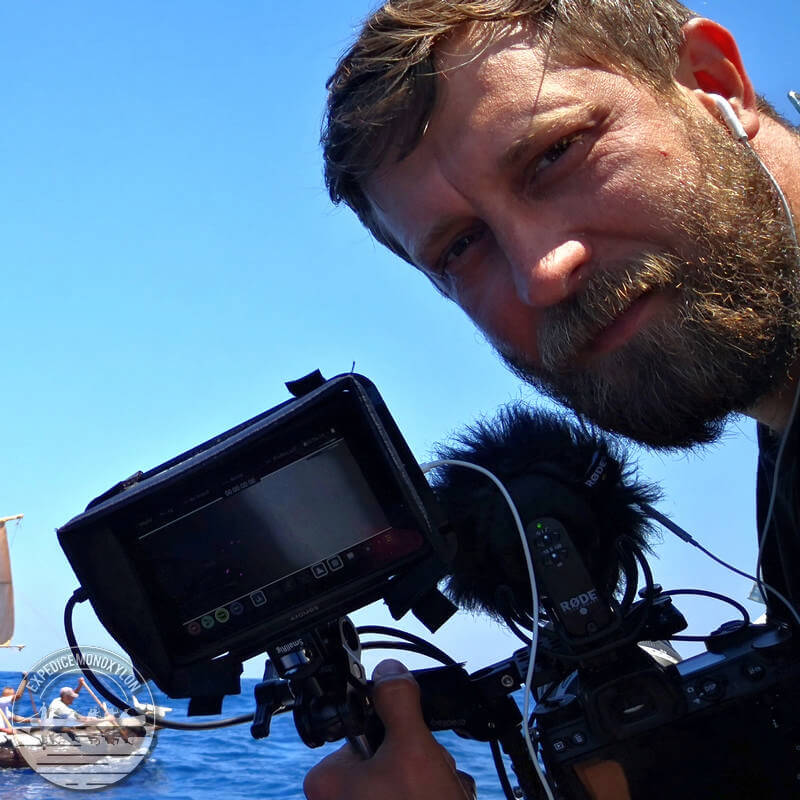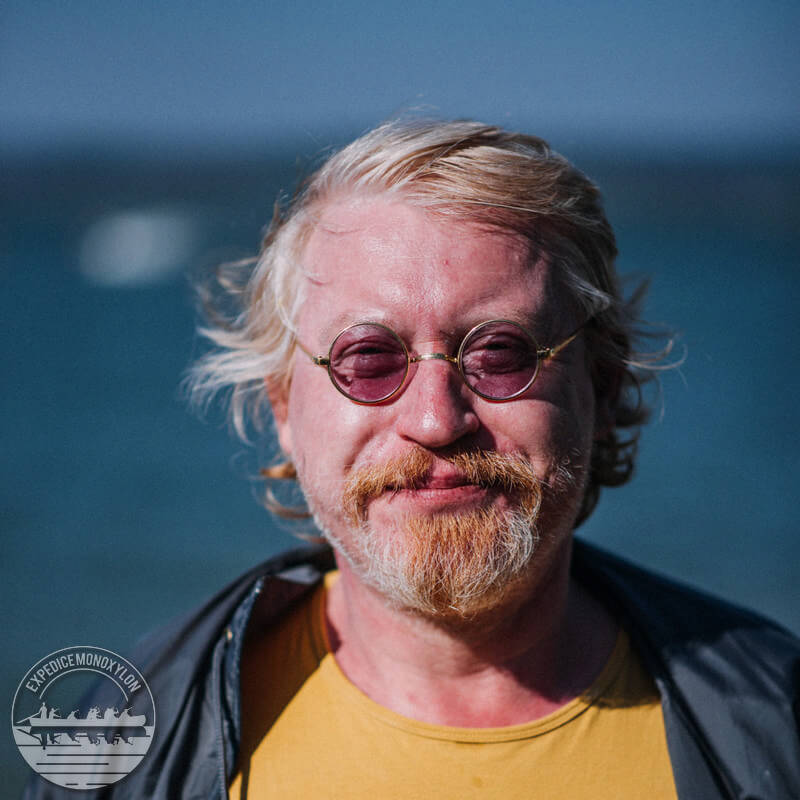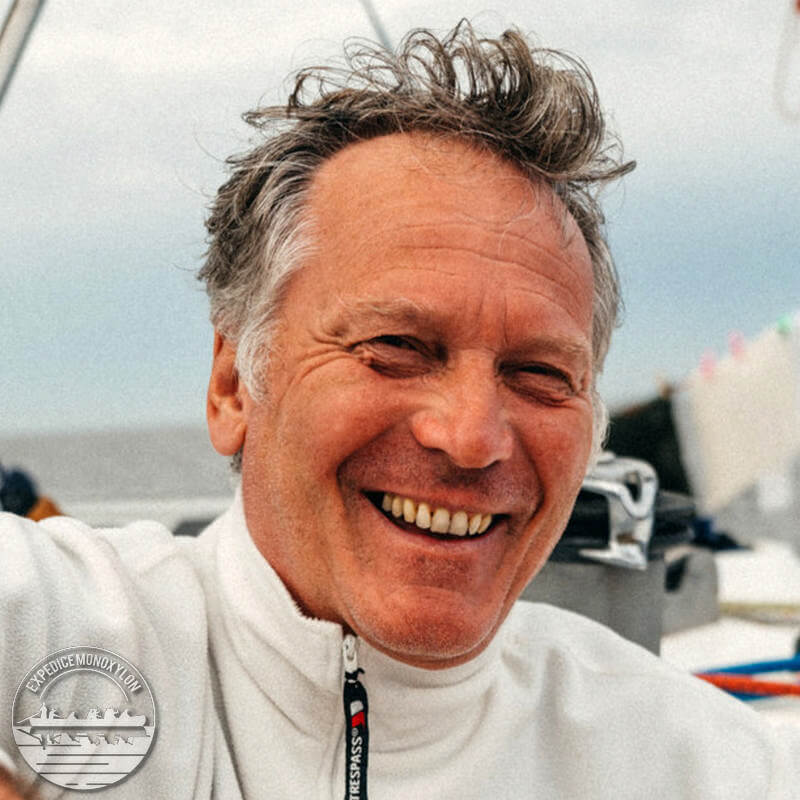The monoxylon iII expedition
The Monoxylon III expedition, with the theme “The Obsidian Journey”, was the third major maritime expedition to follow Monoxylon I and Monoxylon II in May-June 2019 after more than 20 years.
New archaeological discoveries from the Middle and Early Stone Age on Cyprus, Crete and other islands of the Aegean Sea have contributed to the fact that the topic of the earliest Mediterranean voyages has remained topical among archaeologists. There have been few practical experiments in dealing with the questions of the spread of the earliest agriculture to Europe and prehistoric maritime navigation. Among the isolated experiments was the 2014 Kythera expedition, which tested a voyage from the Peloponnese to western Crete on a vessel made of plant bundles. Most archaeologists, however, still use computer modelling based on the direction of ocean currents.
However, from our previous expeditions, we already know that the key factor for the sea navigation of primitive vessels is the current wind strength and direction. Therefore, we have focused on the possibilities of installing a simple sail in the monoxyles and planning a voyage using the favourable natural conditions in the same way as the experienced sailors of old times undoubtedly did.
The objective of the Monoxylon III expedition was to make a voyage from the Greek mainland to the island of Mélos along the route of the 1988 Papyrella expedition and to compare the performance of the reed vessel and the oak monoxylon en route for the Mélos obsidian. The culmination of the Monoxylon III expedition was to reach the island of Crete by the “northern route” and to cover a distance of more than the magic 100 km in the open sea between the islands of Santorini and Crete, with the inevitable night sailing.
A high seas cruise of more than 100 km represents an important experimental test of distances that elsewhere in the Mediterranean may have played a significant role in assessing the spread of agriculture. These include the settlement of Cyprus, the crossing of the Adriatic Sea, and the distribution of obsidian between Sicily and the Tunisian coast.
route
The Melesian obsidian found in the lower layers of the famous archaeological site of Knossos, Crete, inspired us to plan the route of the Monoxylon III expedition as a voyage for the obsidian to the island of Mélos and its transport to the island of Crete in the early Neolithic (7000 BC).
The route led from the Greek mainland along a chain of islands to the central Aegean Sea. From the island of Mélos, where an important source of obsidian is, it continued via the island of Santorini to Crete.
During 12 days at sea we paddled a total of 415 km during the Monoxylon III expedition. Of these, 62 km were under sail.
boat
For the Monoxylon III expedition, a modified oak monoxyl from the Monoxylon II expedition was used, which proved to have good sailing qualities during its voyage along the Mediterranean coast and proved itself, among other things, on the open sea.
The main purpose of modifying the Monoxylon for the Monoxylon III expedition was to preserve as much as possible its parameters as a replica of the Neolithic boat found at the archaeological site of La Marmotta in Lake Bracciano, Italy. By transferring the dimensions of the original to our boat, it was found that the width of the boat approximately corresponds to. However, we knew that the length of our monoxyle was at least 1.45 m shorter than the original from the Neolithic. The monoxylus, which was renamed Anoula for the purposes of the new expedition, had been drying out for 20 years in a museum display and had lost much of its weight. In keeping with the original, the bottom of the ship was thinned from the original 20 cm to 10 cm. A further reduction in the weight of the ship was also achieved by a significant modification of the bow based on the motifs of the depiction of vessels of the earlier Bronze Age. Monoxyl was fitted with a mast with a primitive jib sail with the hypothetical use of wooden elements with holes from the original find. This created an interesting type of vessel with the hope of increasing its speed.
The maximum capacity of the new monoxyle was reduced to 13 paddlers and a coxswain standing aft by the installation of the mast. The first 3 forward benches in front of the mast could only be occupied by one paddler at a time, while for the other benches the width of the boat allowed two paddlers to sit comfortably side by side. In the course of the expedition, the optimal crew of the monoxyle settled on 8 paddlers with a coxswain. This number of people reached the same average speed as a fully crewed boat during the endurance cruise.
The average sailing speed of 4.3 km/h without sail increased only slightly on Monoxylon III relative to the average speed of 4 km/h on Monoxylon II. Surprisingly, however, Anoula demonstrated very good stability when sailing with a sail in a tail wind and a head wind. The average speed under sail increased to 5.4 km/h and reached up to 6.4 km/h under optimum conditions.
course of the expedition
Organizationally, the Monoxylon III expedition team was divided into two crews, which regularly alternated paddling at 1.5-hour intervals during the legs. The aim of the Monoxylon III expedition was to test the sailing characteristics of the Anoula monoxylon in different areas of the Aegean Sea and to monitor the influence of natural conditions on the course of the voyage. It was not our intention to compare the performance of modern humans with that of Neolithic seafarers. The safety of navigation throughout the expedition was ensured by the accompanying catamaran.
